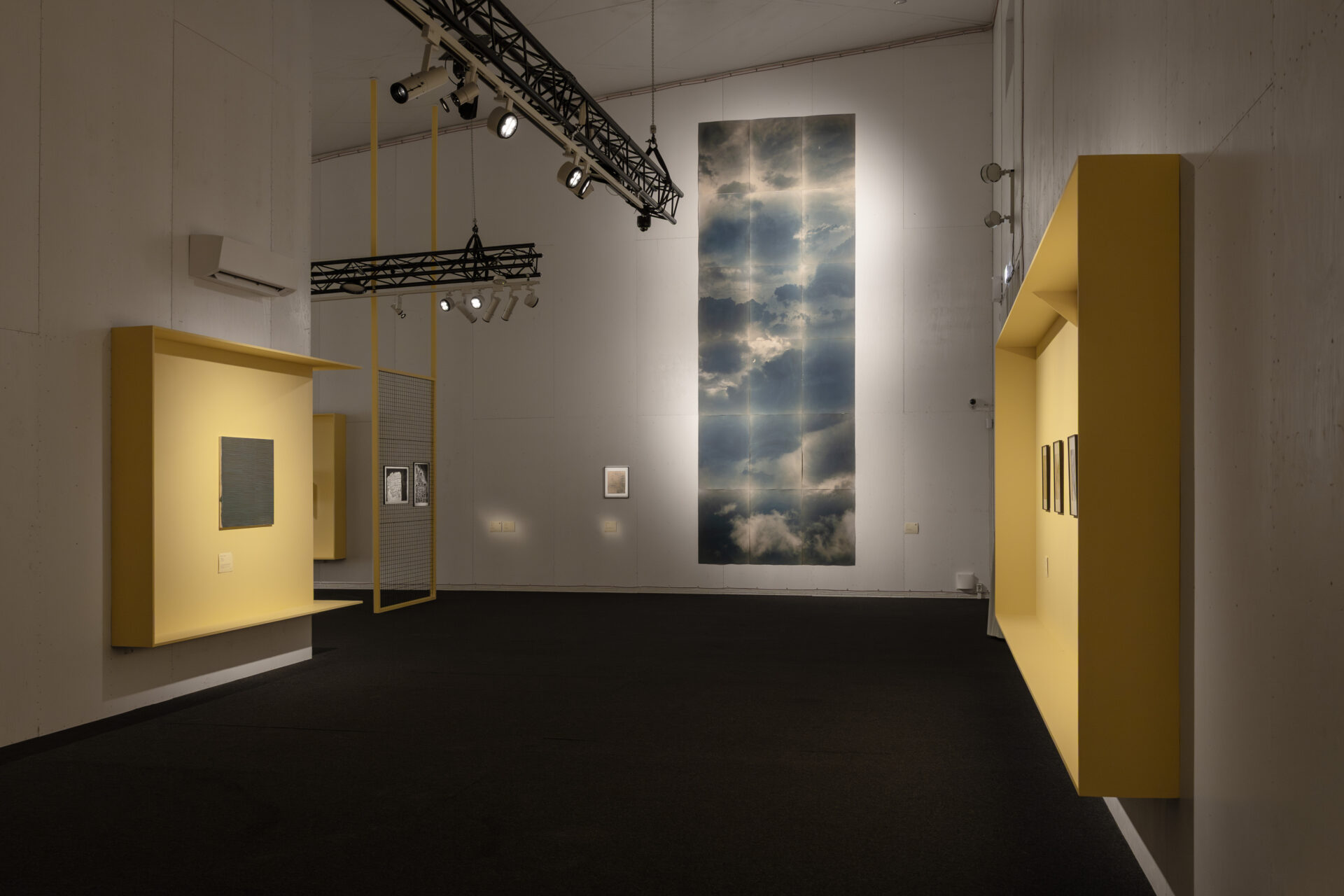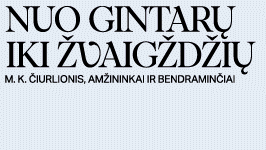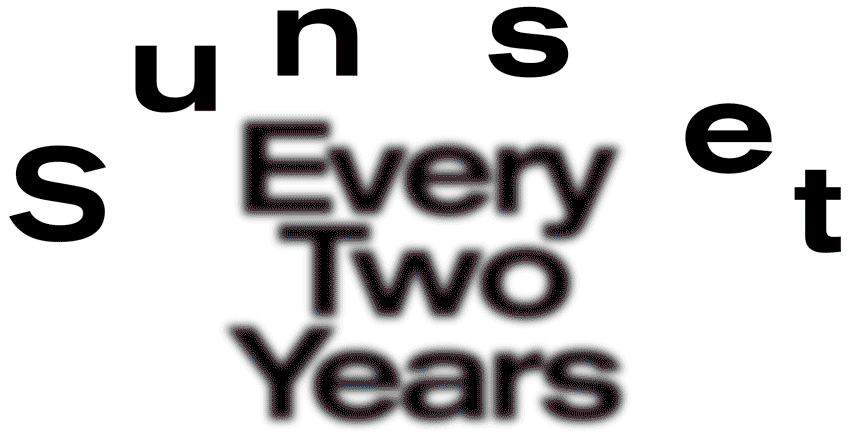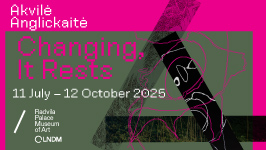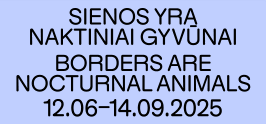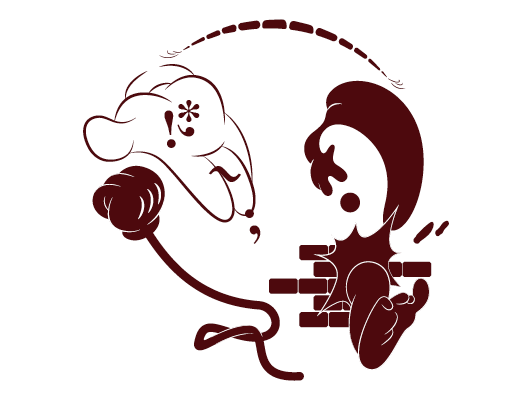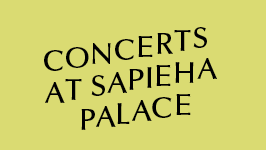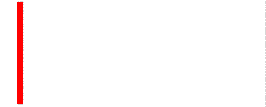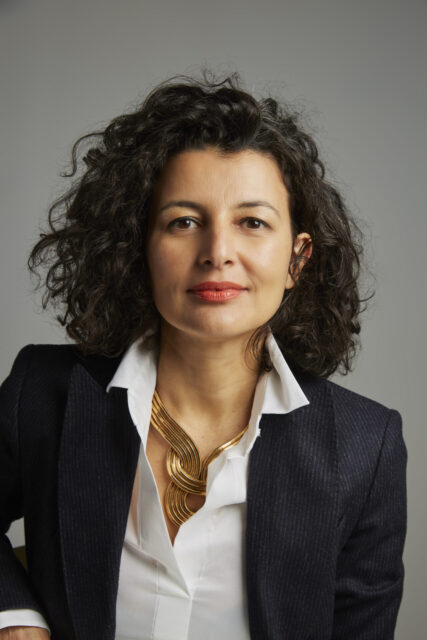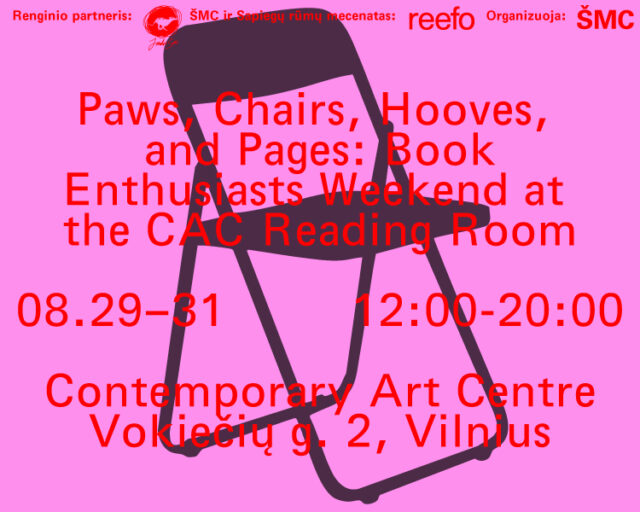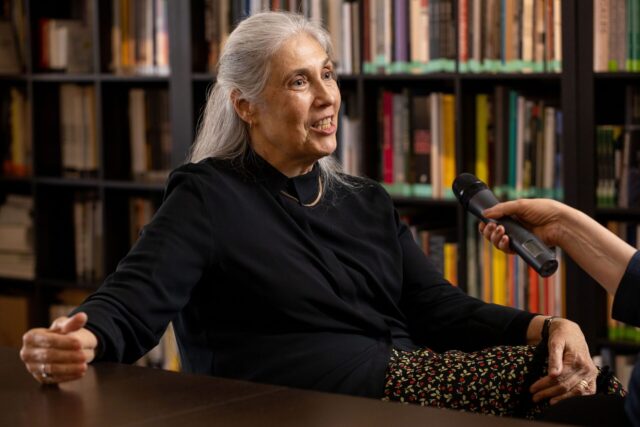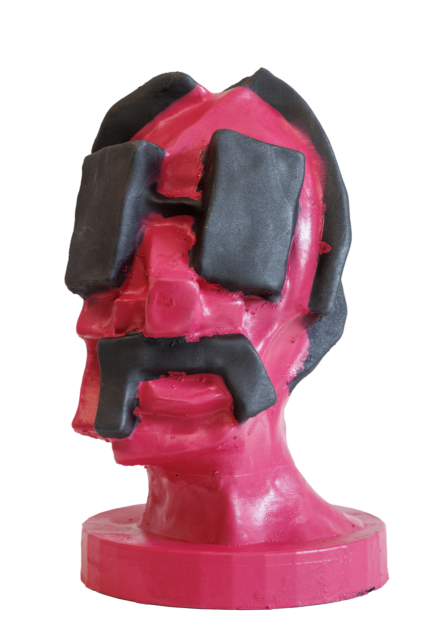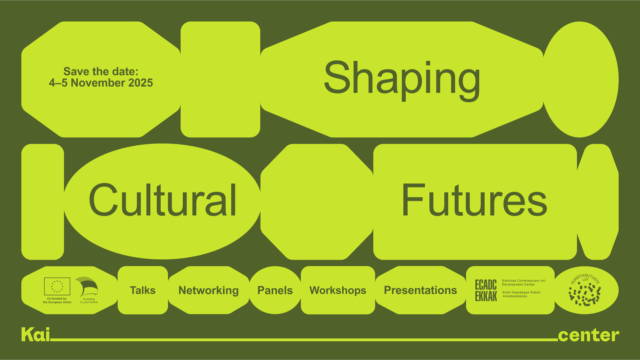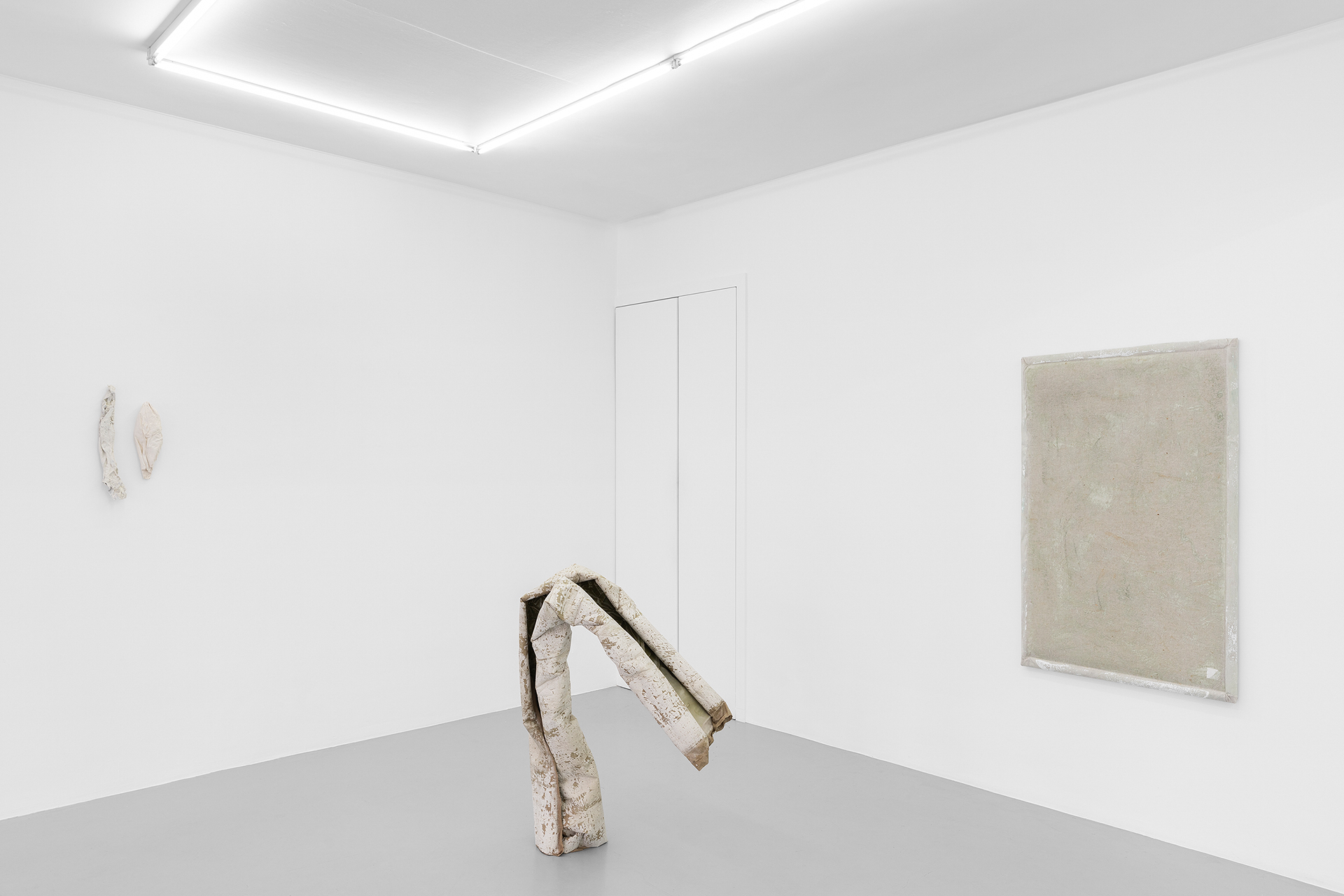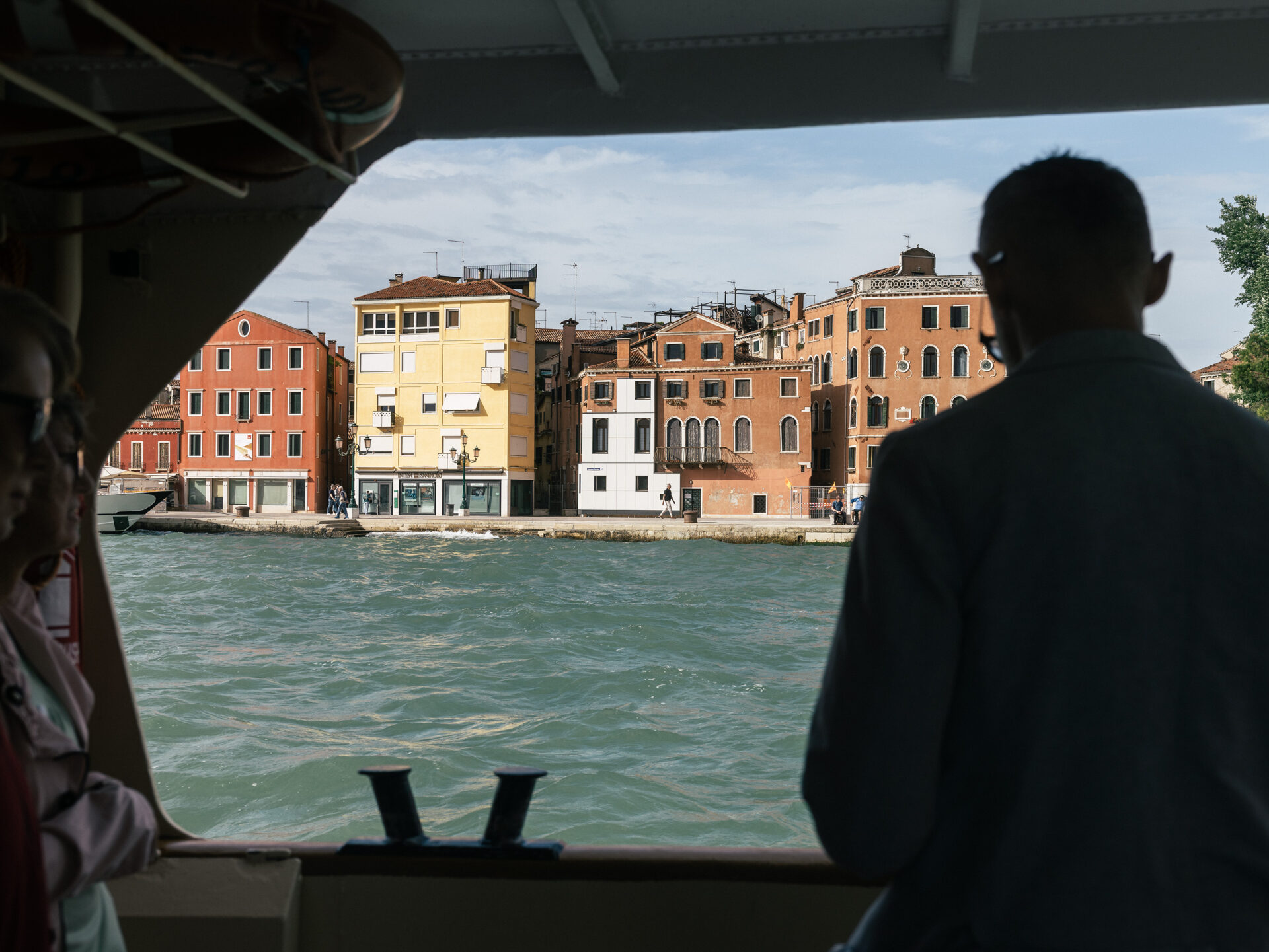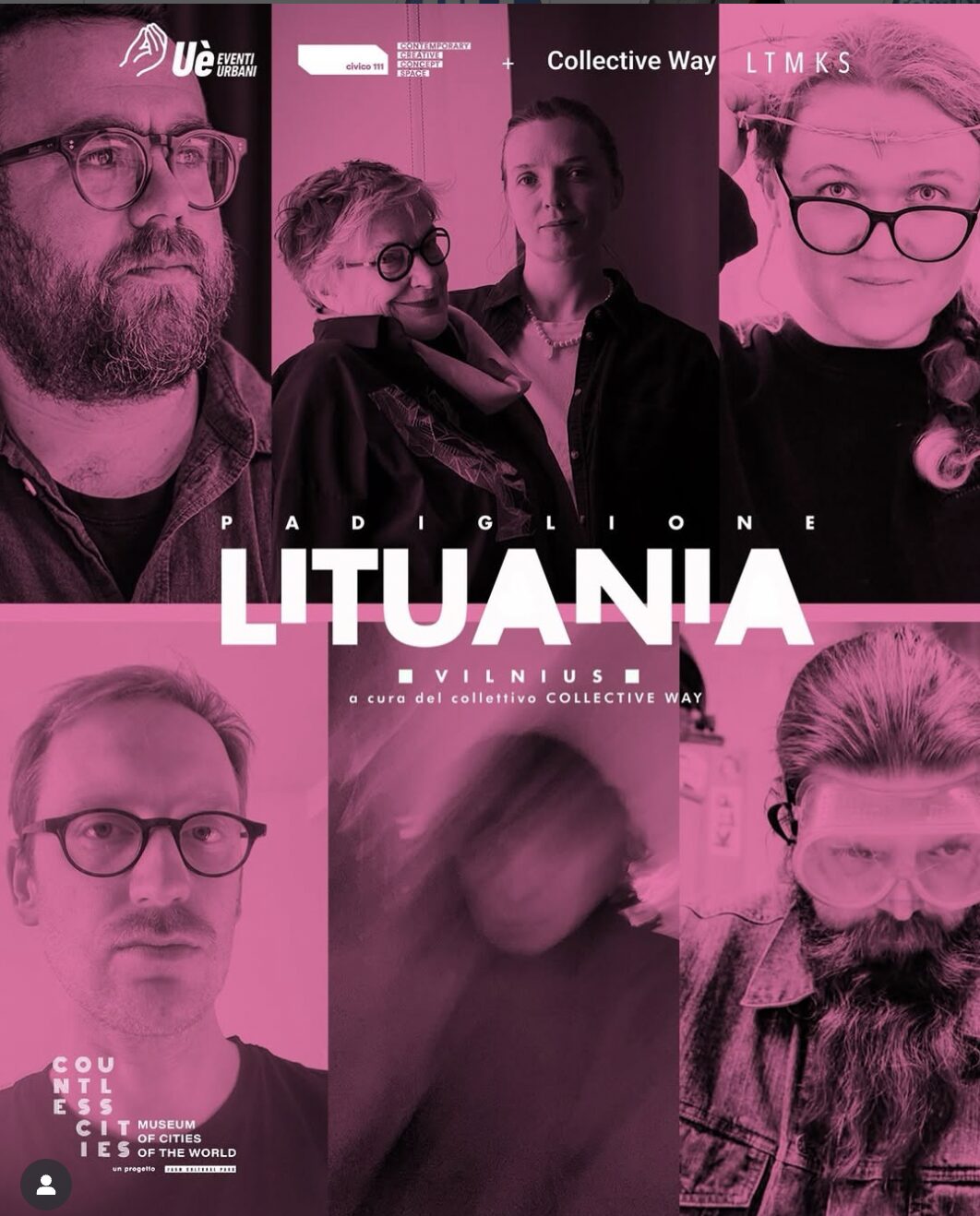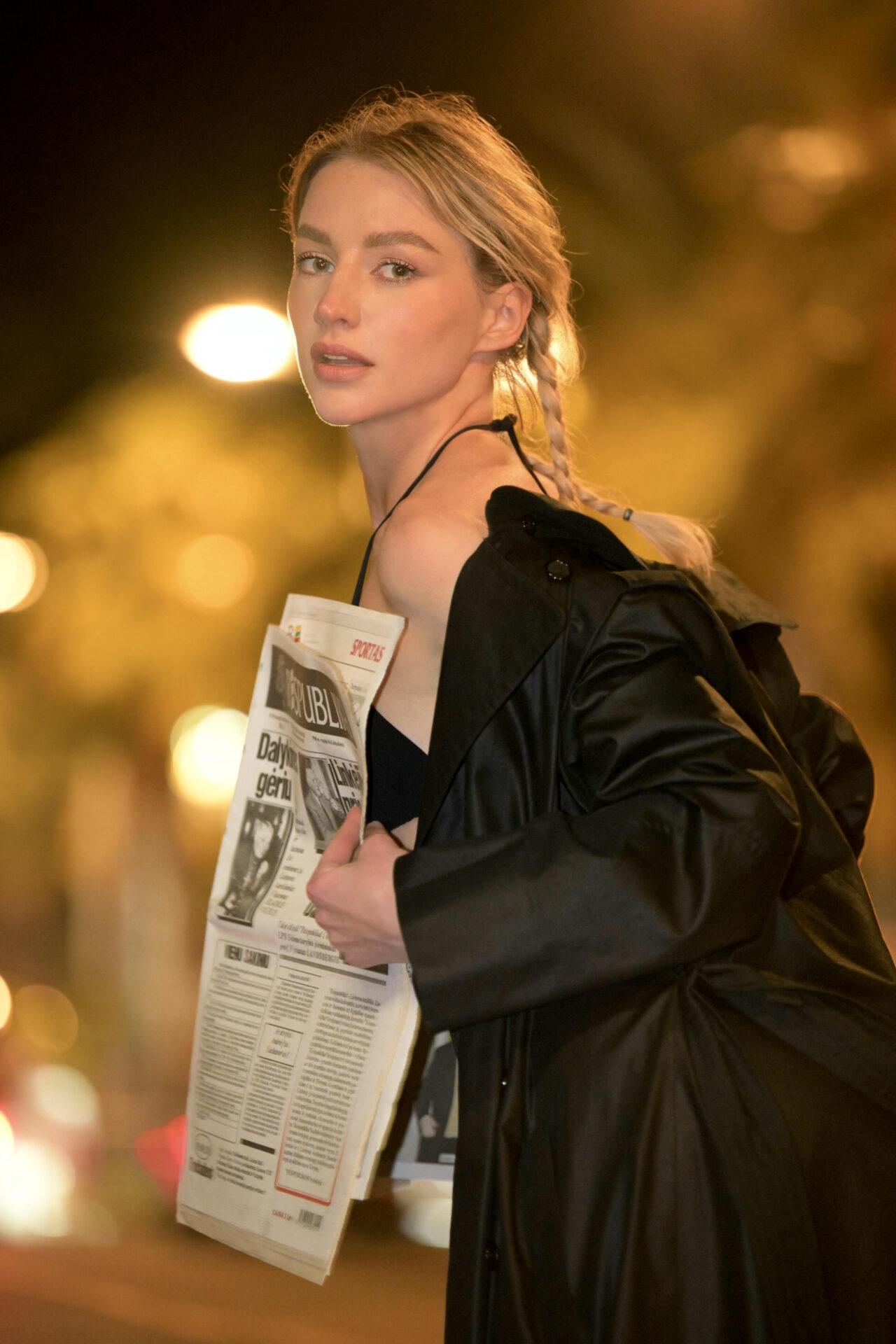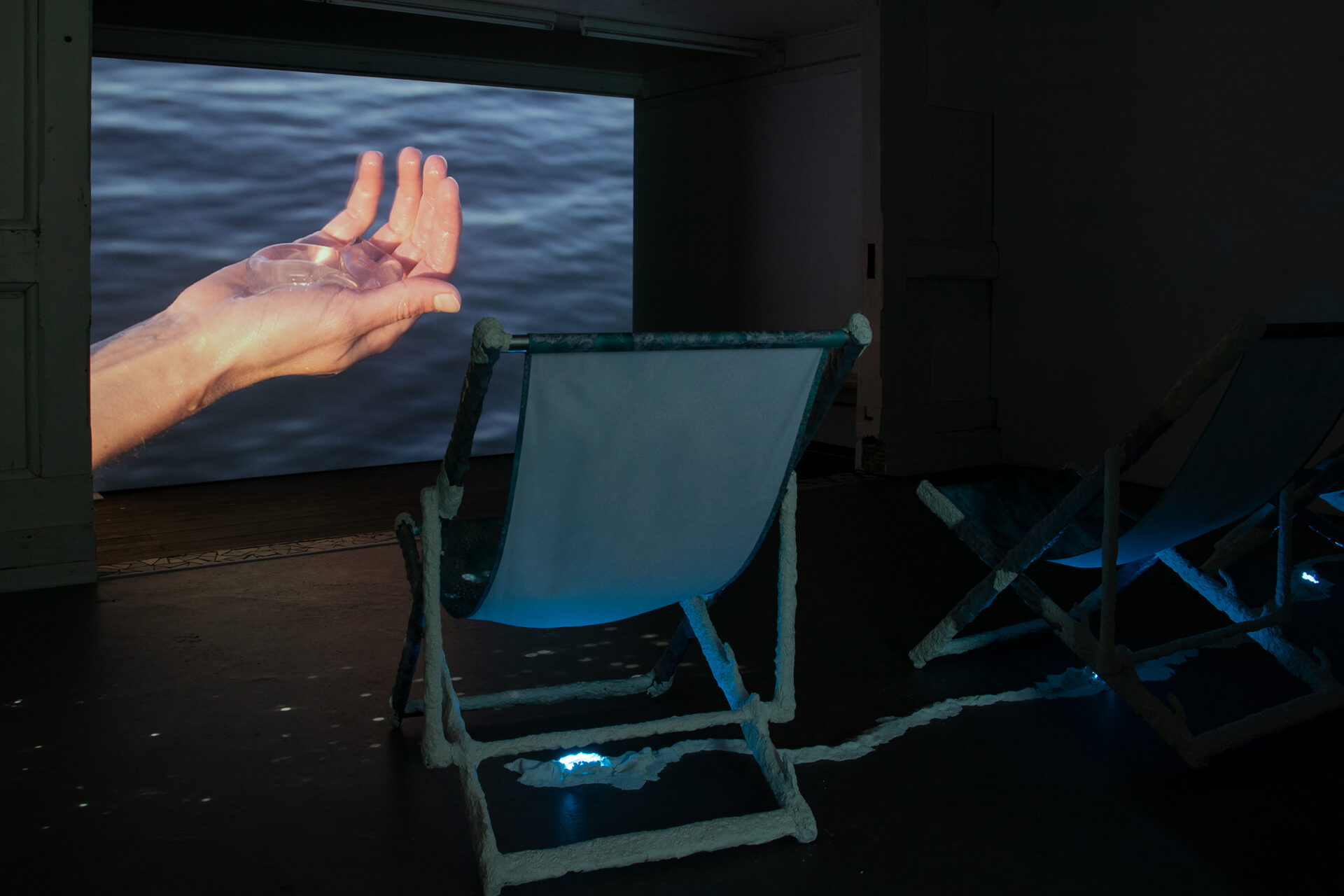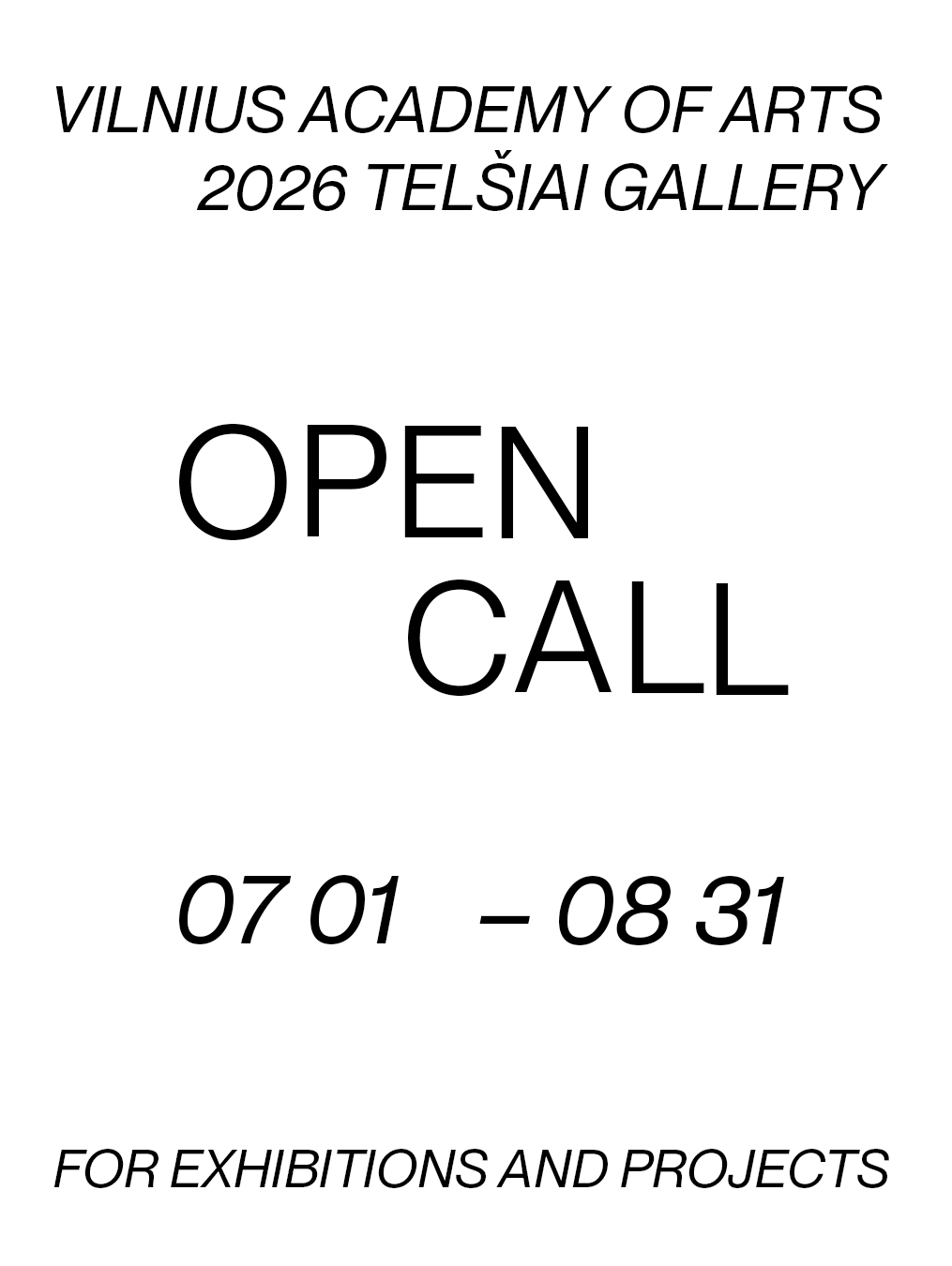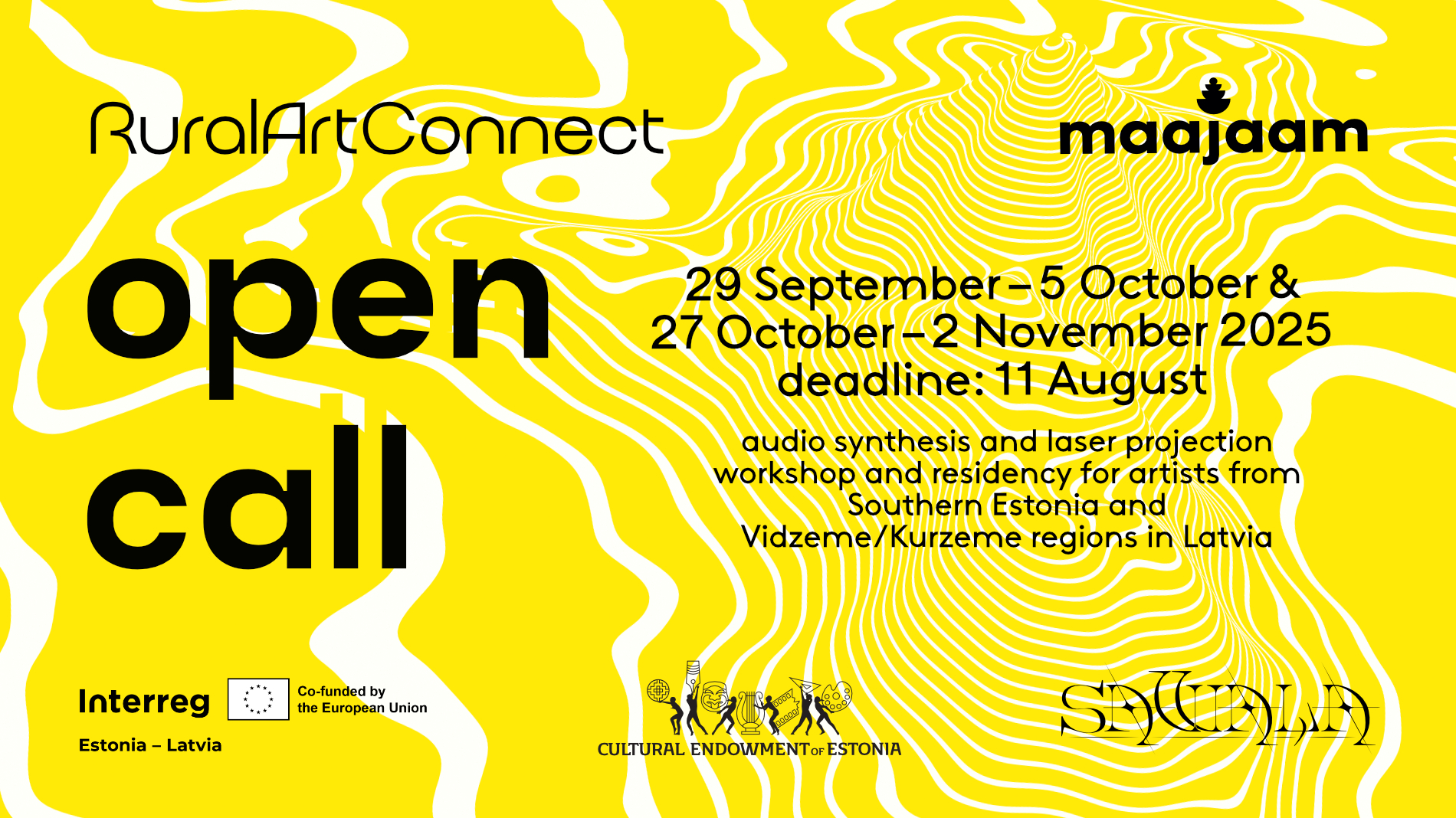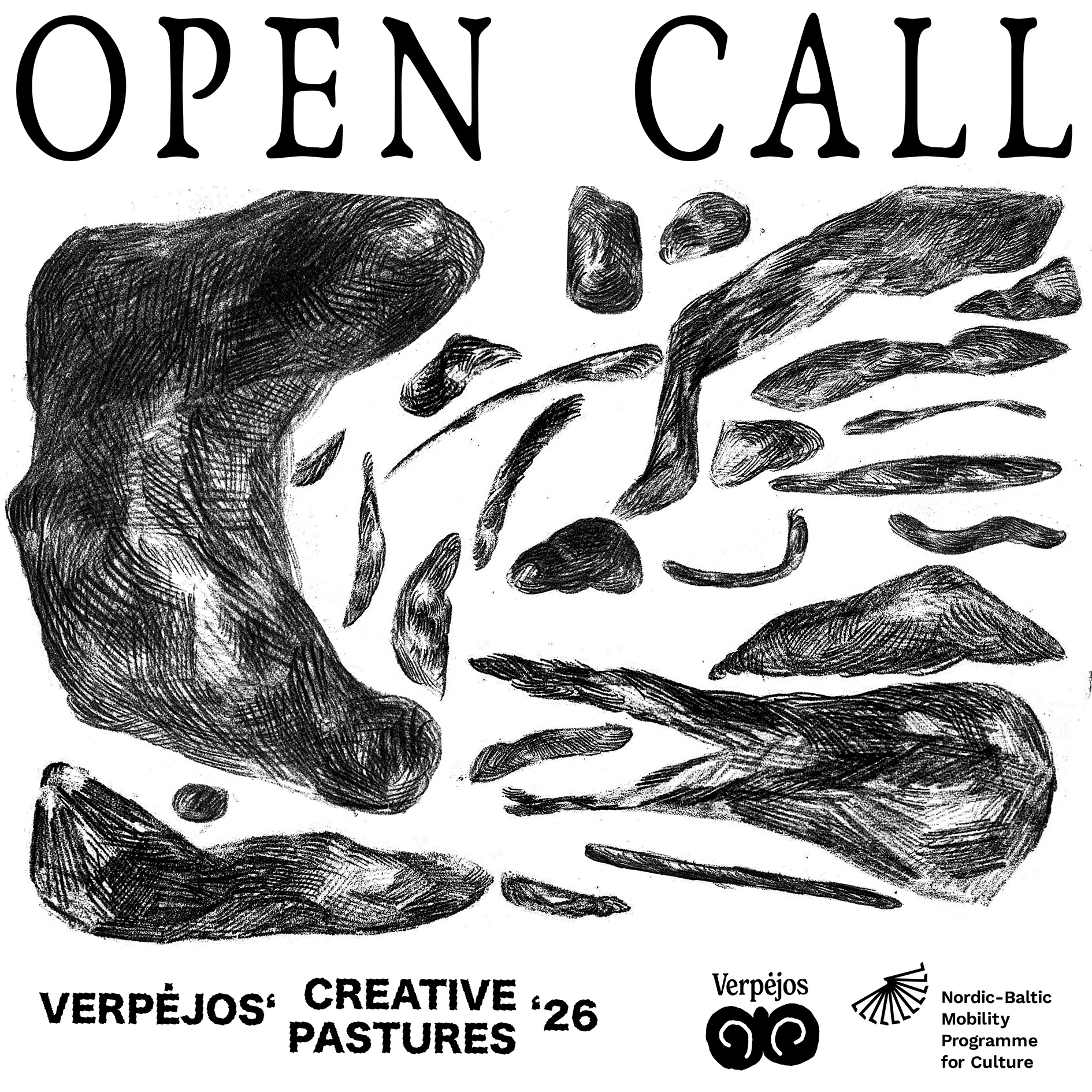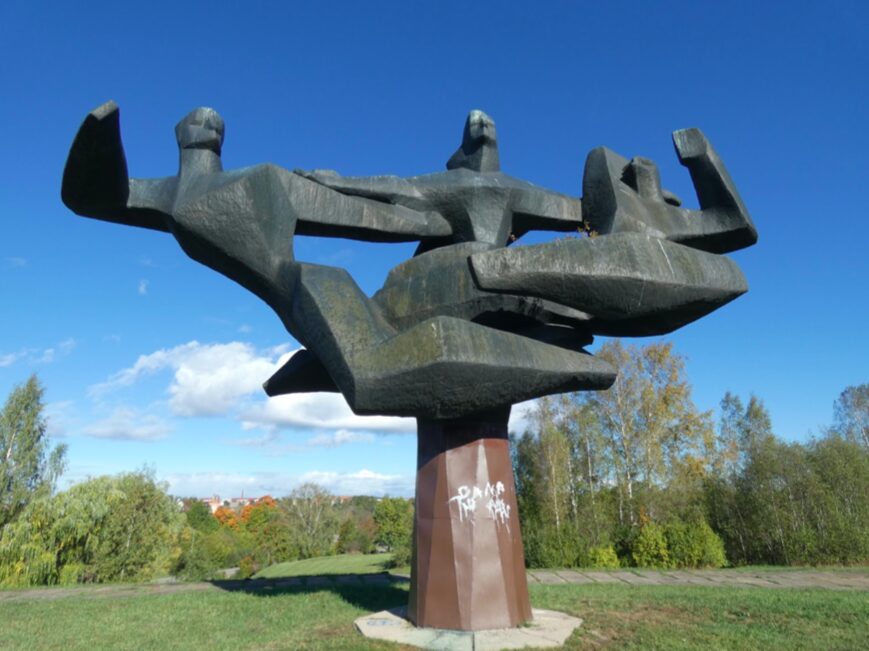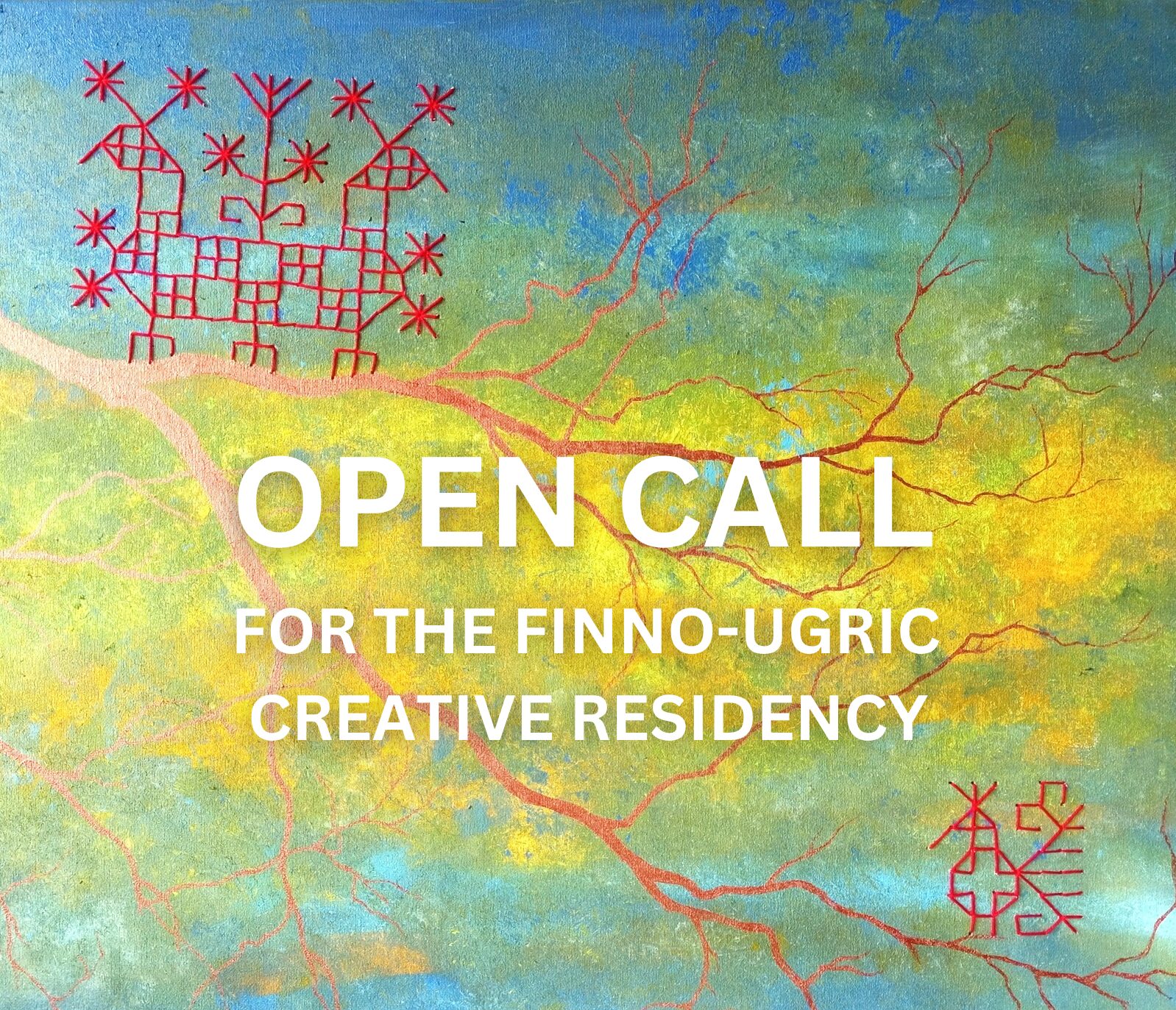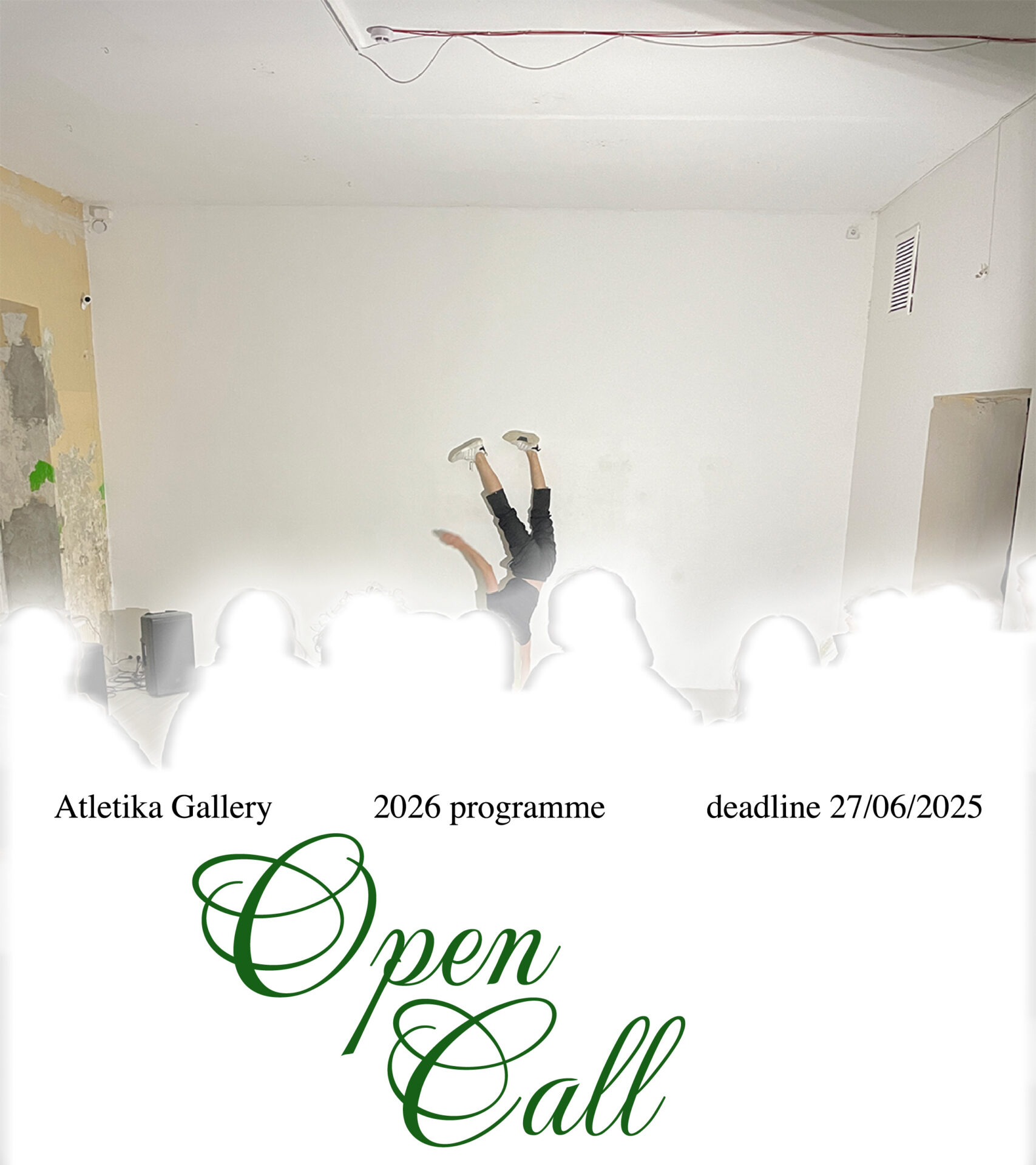What strikes me first and foremost in this year’s Tallinn Print Triennial is paper. The abundance of works on paper, their fragility—as in the case of Anne Rudanovski’s origami-like paper sculptures—and their subtlety, as with the works of Mirtha Dermisache and many others. Paper has no doubt been around for quite some time, but it is often neglected for being seen as somewhat inferior to other materials employed by art. In her introduction in the exhibition catalogue, the exhibition’s curator, Marika Agu, talks about the return to analogue form, to the foundations of what makes a printed image, which inevitably involves paper. Images have been pressed on paper for centuries, and it persists today for our enjoyment, thanks to events such as the Tallinn Print Triennial in its 19th edition.
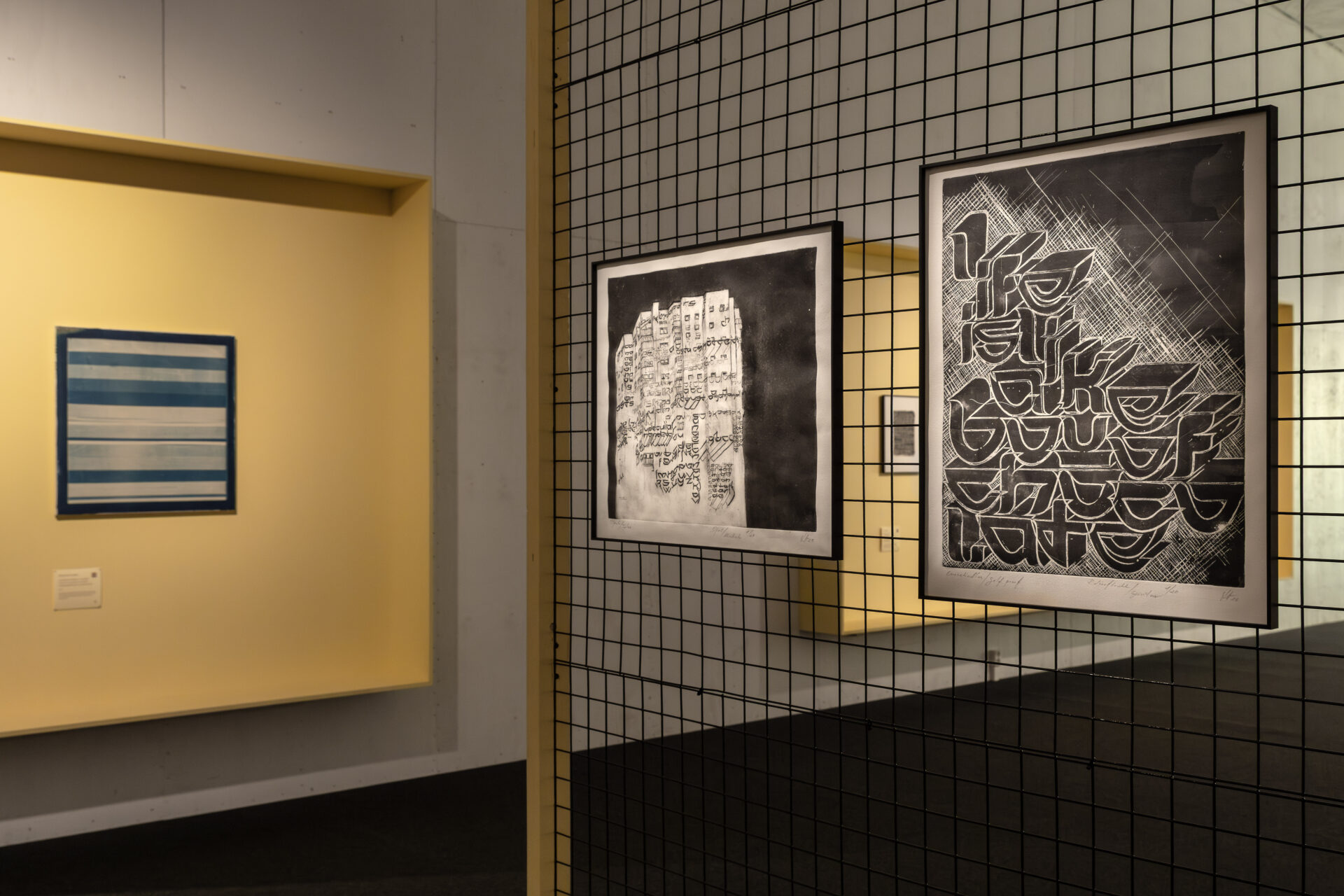
19th Tallinn Print Triennial, Tallinn Art Hall Lasnamäe pavilion, 2025. Photo: Hedi Jaansoo
I would like to lead with abandon, with clouds. Just look at them, they are formless yet monumental! Of course, I am talking about Anna Niskanen’s work Canvas (2025). The entirety of the artwork is composed of stitched-together cyanotype paper sheets. Like large bricks, they create an endless sky. Even though it cannot utter a word, it emanates what could be called irony, as we see two moons hanging in its vastness. To stand in front of it is quite something, feeling the weight of the clouds tumbling on top of you. Metaphorically, of course. In this show, it seems we can only speak in metaphors, as it is speechless, nameless and works by other means of communication.
There is a smaller sky next to Canvas—its little brother. It is lighter and its orange orbit is dotted with plump specks of clouds. The two go hand in hand, stand side by side and leave you pondering what exactly their relationship is. Perhaps it is a dialogue, like in Ülo Sooster’s ink drawing by the same name from the first half of the 1960s. The continuous line seems to be an underlying motif here. The two faces are talking to each other but yet again, like in the case of the exhibition title, the words are illegible. I enjoy the fact that the exhibition seems to be communicating on some abstract level, and indeed, there are quite a few abstract works here that require you to do some detective work to make sense of them.
On one of the many yellow nets which compose the architectural structure of the exhibition, we see a work by Viktor Timofeev hanging. It is called Paper Architecture 1 (2025), and it faces Niskanen’s skies on the opposite wall. It is no less an abstract piece but one that seems to be morphing into something recognisable. Tree bark, bones, clouds… Its chiaroscuro, achieved with graphite on paper, suggests something physical coming from our world. The other two works by Timofeev, Antipattern 2 (2020) and Antipattern 3 (2020), are sharper and less nuanced; they do not exhibit the same softness and malleability that Paper Architecture has. They are, however, interesting in their own right. Antipatterns seem to be exposing the grid on which they are executed; their different shades of grey enveloping and holding it tightly. Again, this reminds me of lettering remnants, some rudimentary language being gradually erased. They could also be interpreted as enigmatic studies of something grander, perhaps because they are achieved on paper.
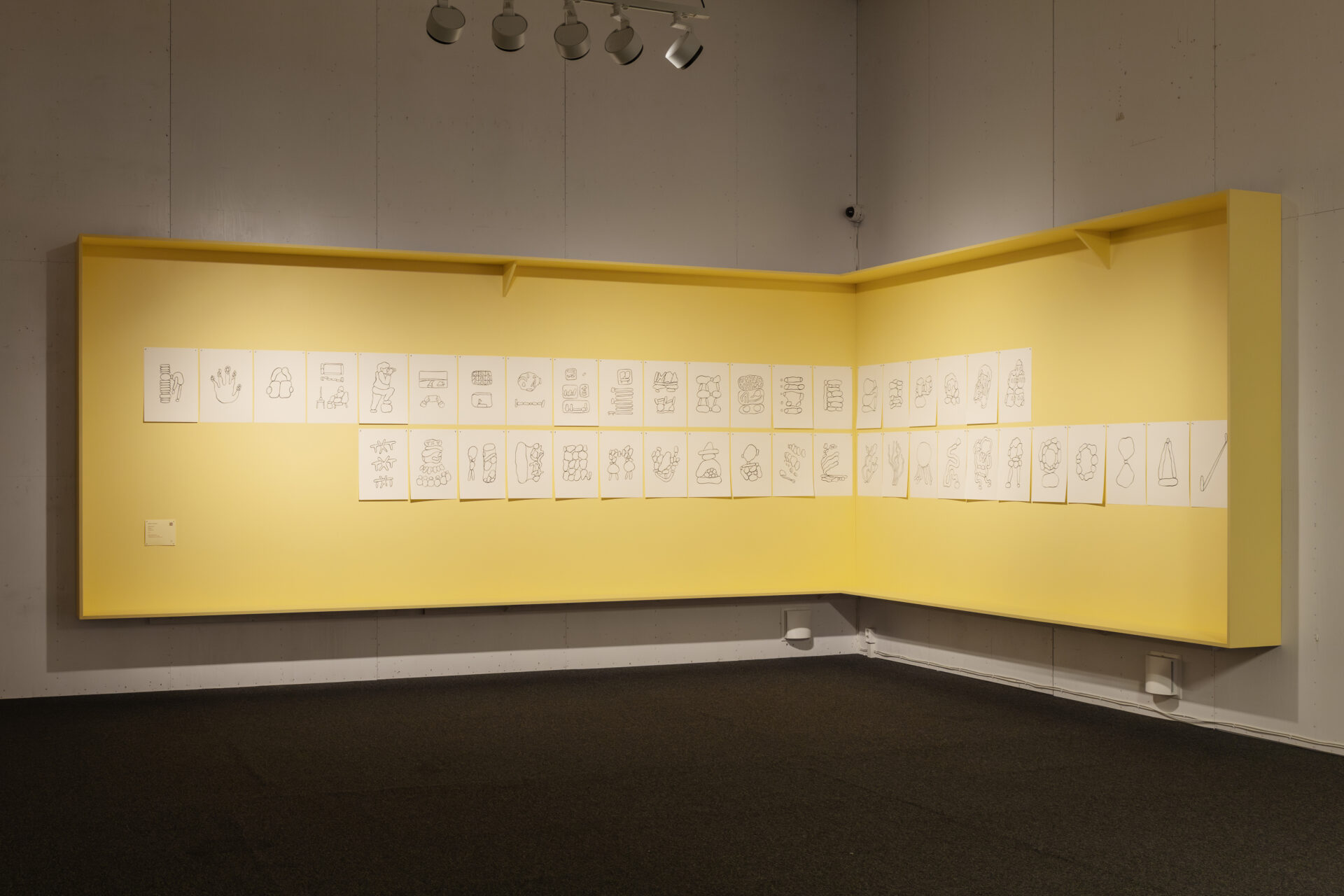
19th Tallinn Print Triennial, Tallinn Art Hall Lasnamäe pavilion, 2025. Photo: Hedi Jaansoo
We also discover aspects of language in Maija Kurševa’s visual alphabet, consisting of 44 prints. These images contrast with the majority of the works in the show since they can be described as mostly figurative. Some of them are quite comical, which could be due to the viewer’s ability to recognise themselves as the human figure featured in many panels. Not quite a stick man but not far from it, this figure seems to be participating in all sorts of mini activities: it peers into the distance, one foot on a rock; its body is assimilated by three big boulders; its head gets crushed by the weight of a bunch of discs. We know these drawings were Kurševa’s assistants in the lectures she gave at the Art Academy of Latvia. They were coupled with verbal language during these sessions; however, they are language itself. What happens if we read them in the order we are used to in the West, from top left to bottom right? What story do they tell? What happens to the poor human figure?
Somewhere close to the start of the exhibition (if there is one), we discover multiple works by Argentine Mirtha Dermisache. Described as asemic writing, they show nothing in particular. It seems that in our minds, the scribbles repeatedly try to become something more figurative and legible, a feature that, as described earlier, a few works in this exhibition share. The works exhibit very soft and subtle touches of ink on paper. In more than one of them, we can distinguish horizontal lines running from top to bottom. At times, it seems the artist was testing the properties of the medium by leaving delicate marks. On other occasions, it does seem like some mysterious language. Is this writing or drawing? Perhaps it is both, as is the case with calligraphy. The works by Dermisache are important knots in the fabric of the exhibition—they set the tone of the show, which, as we keep seeing, is mostly abstract, lightweight and intangible.

19th Tallinn Print Triennial, Tallinn Art Hall Lasnamäe pavilion, 2025. Photo: Hedi Jaansoo
There are, however, more solid pieces here. The heaviest of them is Dzelde Mierkalne’s Cradlecodex 42 (2025). As big as Gutenberg’s bible, it is an anchor that holds the exhibition in its harbour, stopping it from drifting into nowhere. It is made using the scagliola technique, which is used to imitate a large-scale slab of marble. This instance of imitation seems to be another recurring motif among the works that are being discussed. Why make it from scagliola and not marble? In this day and age, historic materials, or rather copies of them, come at a cheap price. By using scagliola, the artist stresses the fact that glorious history and its artefacts are much more reproducible than one might think. With 3D printing and various digital means, laborious methods of object-making are suddenly bypassed. The book is decorated with capitalised medieval-looking letters, leaving the pages otherwise bare. It is ironic to think of it as the record of our troubled times.
Not far from the scagliola book on the nearby wall, there is an image produced with mezzotint and etching called The Illuminator (2025). It could be seen as the illuminating clavis interpretandi to this arrangement of two pieces. We see a Mickey Mouse-like figure bent over the pages of a large book. The figure’s eyes are deliriously wide, and the whole image is vibrating as if electrified. One can only guess what terrible truths the fearful mouse has read in the ominous book, suspiciously similar to the one lying right next to the image. There is something apocalyptically scary in the fact that you can read about what is going on today or in the near future in some old and dusty book. Like Dürer’s Apocalypse, Mierkalne’s works shine a light on the contemporary future, which is cold, uncertain and therefore filled with terror.
Anastasia Sosunova’s installation Dance As You Wrestle also casts shadows on the latter subject. The title of the work is borrowed from The End of Man: A Feminist Counterapocalypse by Polish-British writer Joanna Zylinska. Normally, Sosunova, who has a bachelor’s in graphic art, likes to decorate her copper plates with beastly-looking figures that appear to have crawled out from Hieronymus Bosch’s hell scenes. On one hand, her approach to art is very traditional—she studies old printing techniques and their masters. On the other hand, she blends traditional printmaking with video and sculptural elements, achieving contemporary form.
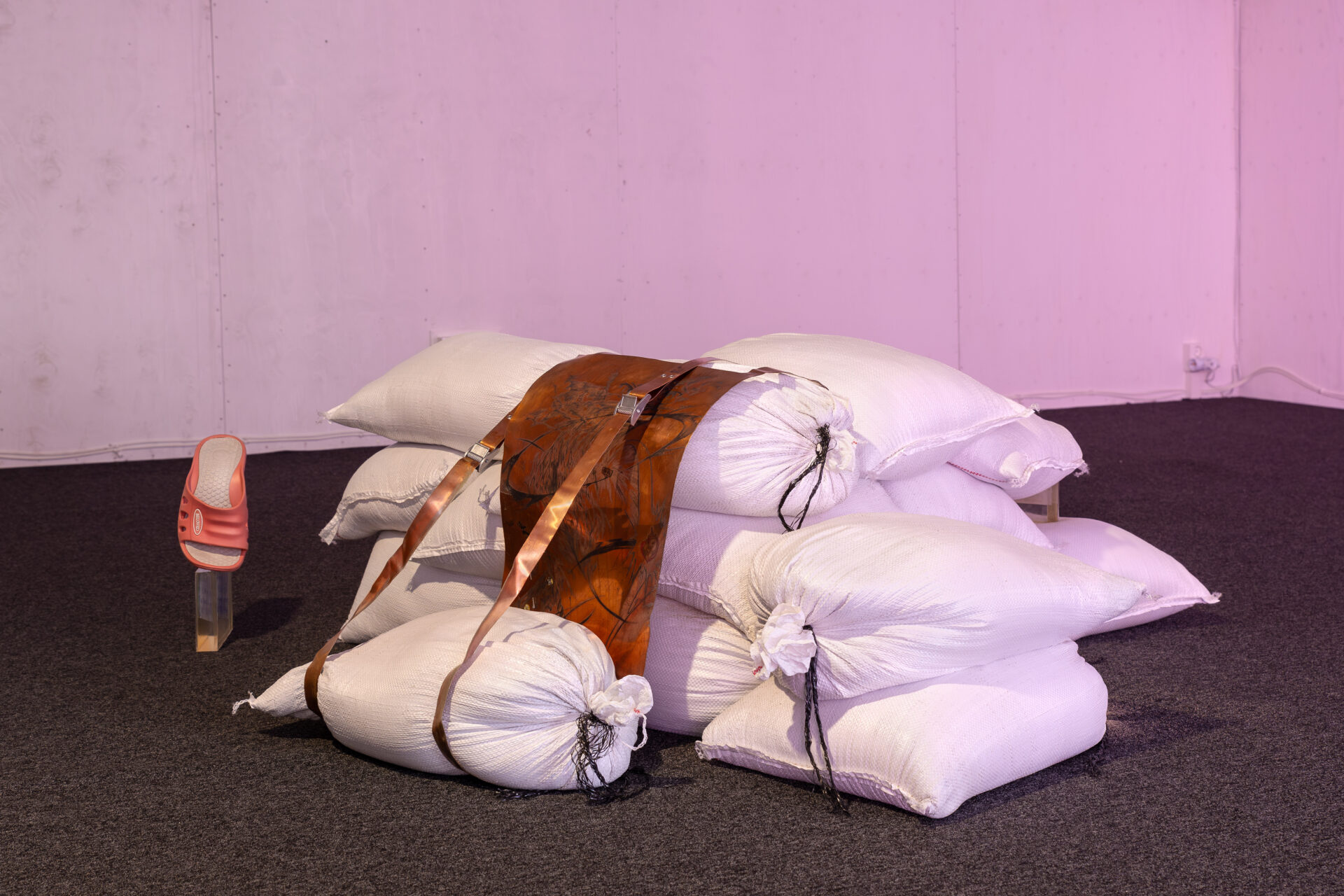
19th Tallinn Print Triennial, Tallinn Art Hall Lasnamäe pavilion, 2025. Photo: Hedi Jaansoo
In the exhibition, we discover a large copper plate supported by one of the yellow nets. It is divided into four quadrants by erosion. There are no etching marks on it except for four figures that look like very abstracted humans facing each other, evoking Ülo Sooster’s Dialogue. Sosunova’s decision to exhibit a bare plate in the Print Triennial is almost political, showing her stance on image-making. It is a resignation to create more in the world, which is already so densely populated by imagery. It is saying a lot by saying nothing. Of course, this last interpretation has to be taken with a grain of salt since Sosunova is still a visual artist whose works are usually very intricate and abundant. It is great to have her in this show as she is one of the leading emerging contemporary artists from Lithuania.
I would like to finish off with a brief meditation on the silent works by Gintautas Trimakas. There is no need to say anything. Simply observe the light and its beautiful marks left on paper. Trimakas, who started as a photographer, has become an alchemist who paints by using just light and chemicals. In a world so packed with letters, words and sentences, one can marvel with awe at the long-lived craftsmanship of saying so much through an image.
In turn, I can only hope that my own words did justice to some of the beautiful artworks found in this year’s Tallinn Print Triennial. Sooner or later, they will get washed away by the contemporary linguistic and visual torrent, like writing in the sand. What is left is a feeling of a brilliant show that speaks without words.
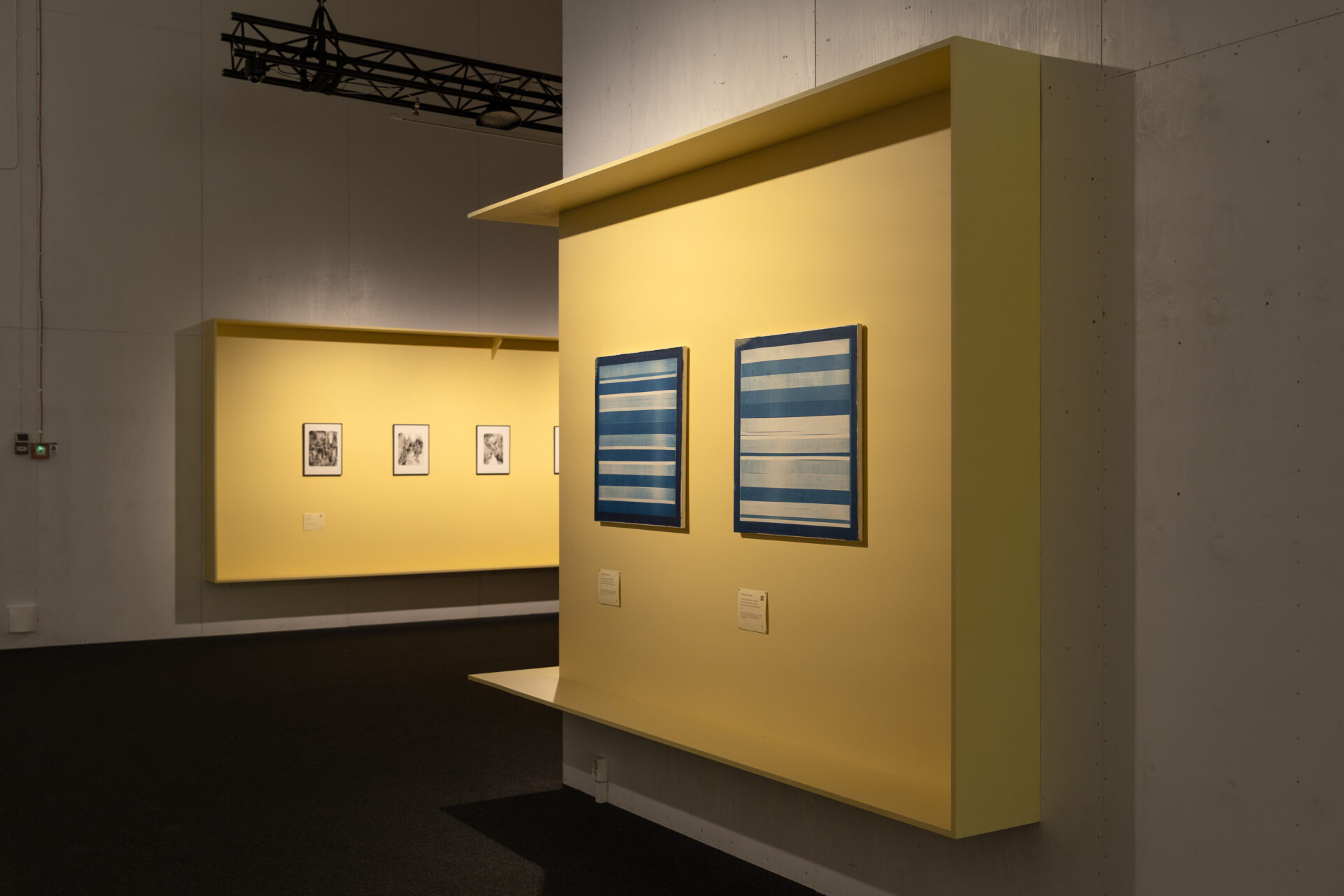
19th Tallinn Print Triennial, Tallinn Art Hall Lasnamäe pavilion, 2025. Photo: Hedi Jaansoo

19th Tallinn Print Triennial, Tallinn Art Hall Lasnamäe pavilion, 2025. Photo: Hedi Jaansoo
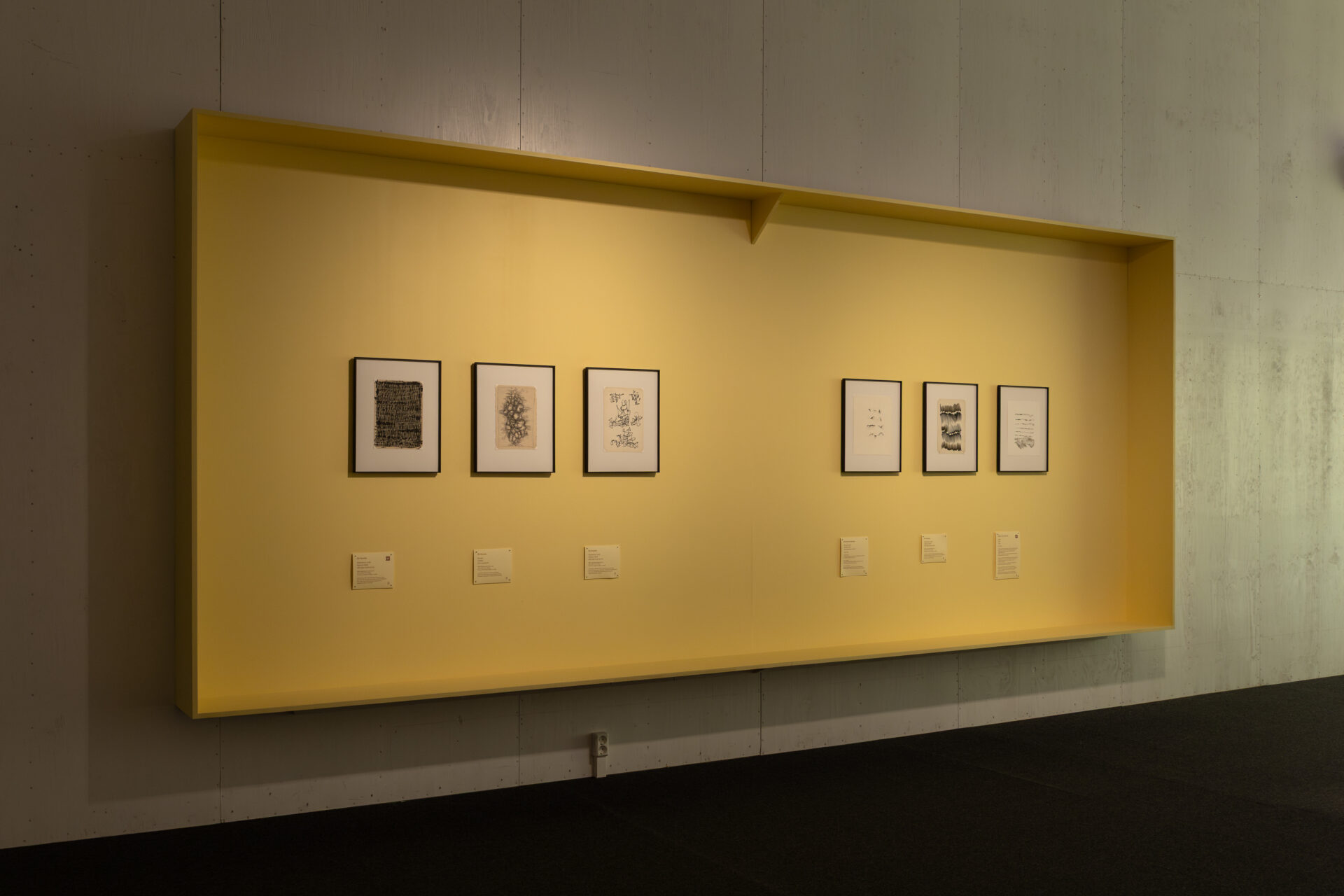

19th Tallinn Print Triennial, Tallinn Art Hall Lasnamäe pavilion, 2025. Photo: Hedi Jaansoo
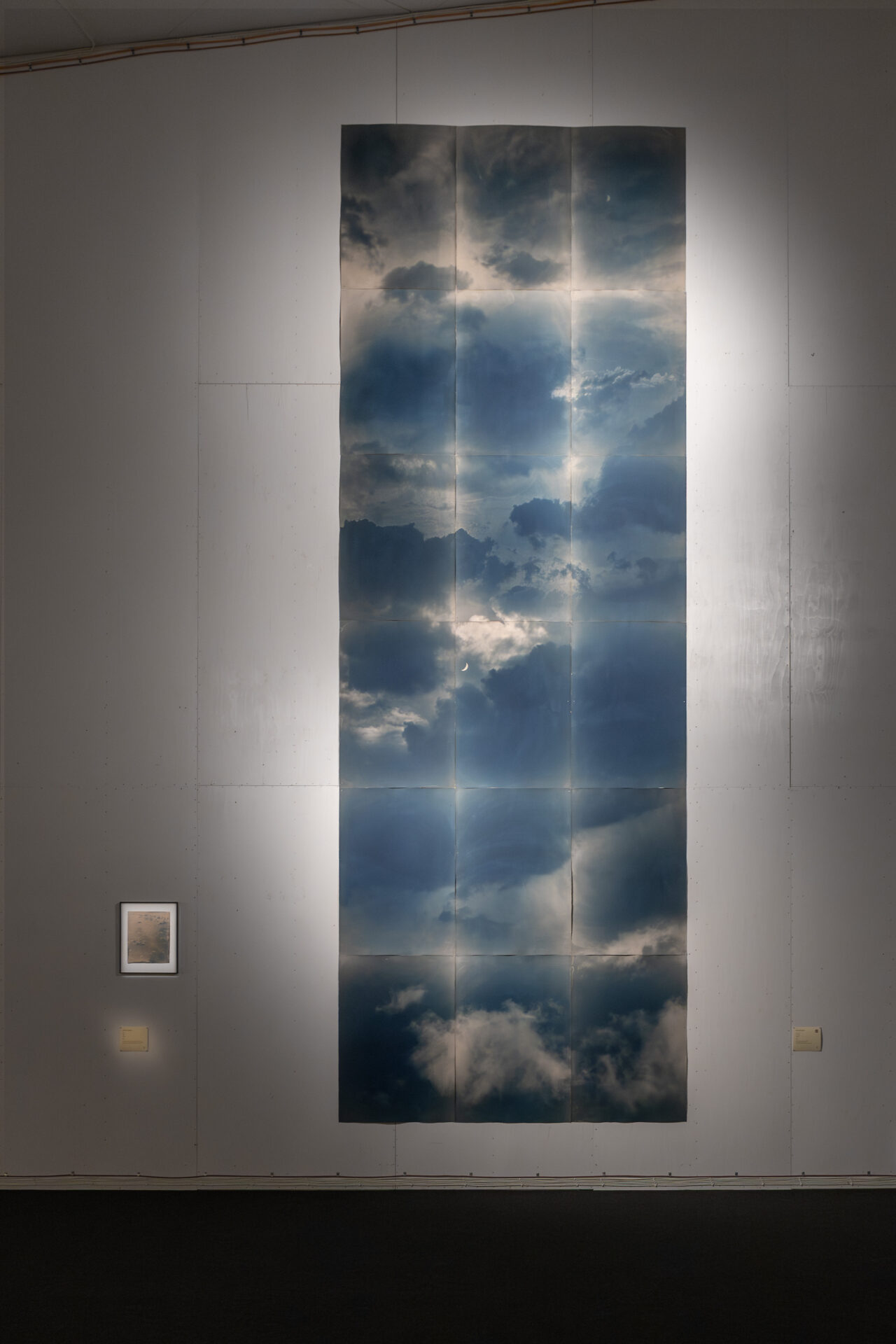
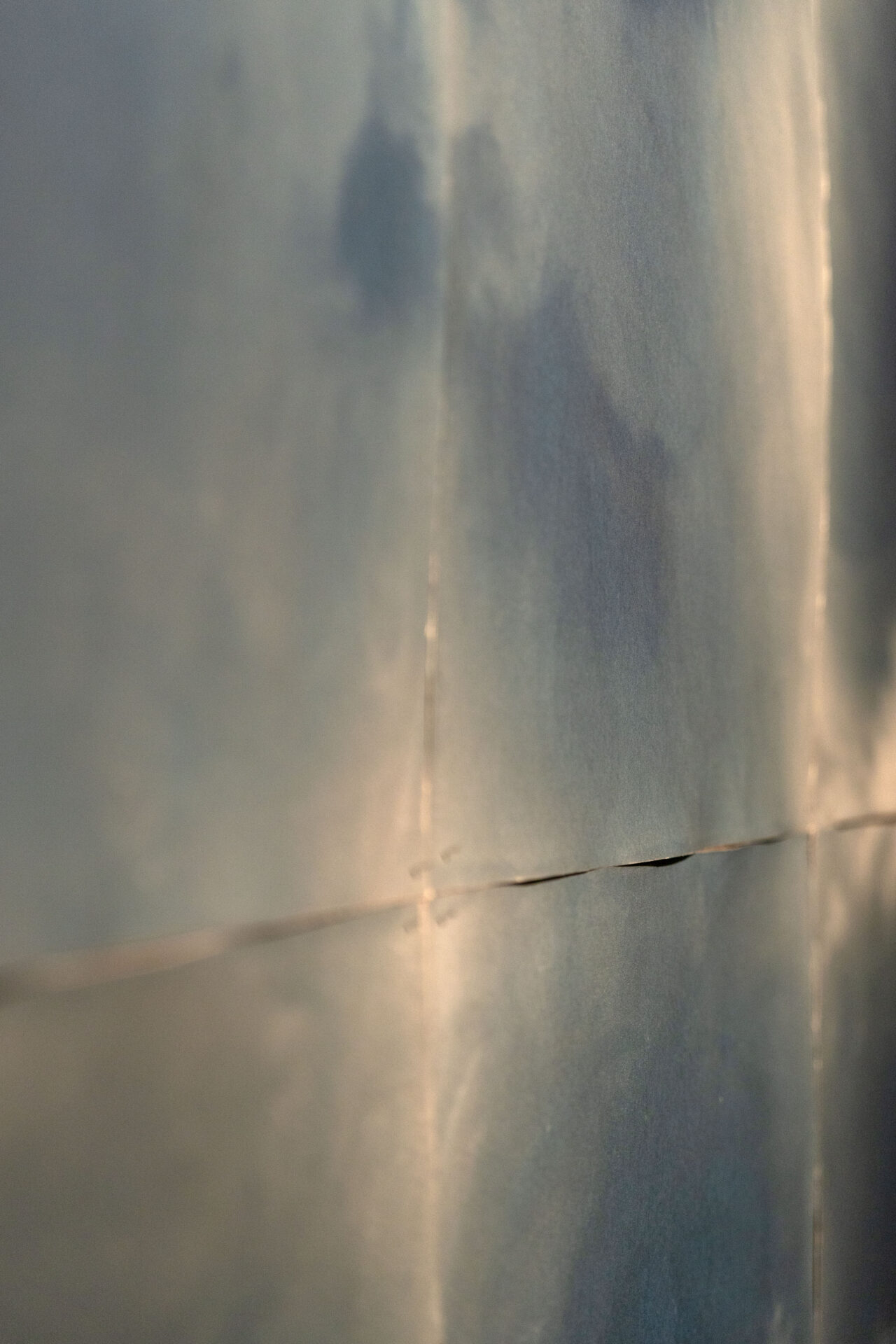
19th Tallinn Print Triennial, Tallinn Art Hall Lasnamäe pavilion, 2025. Photo: Hedi Jaansoo
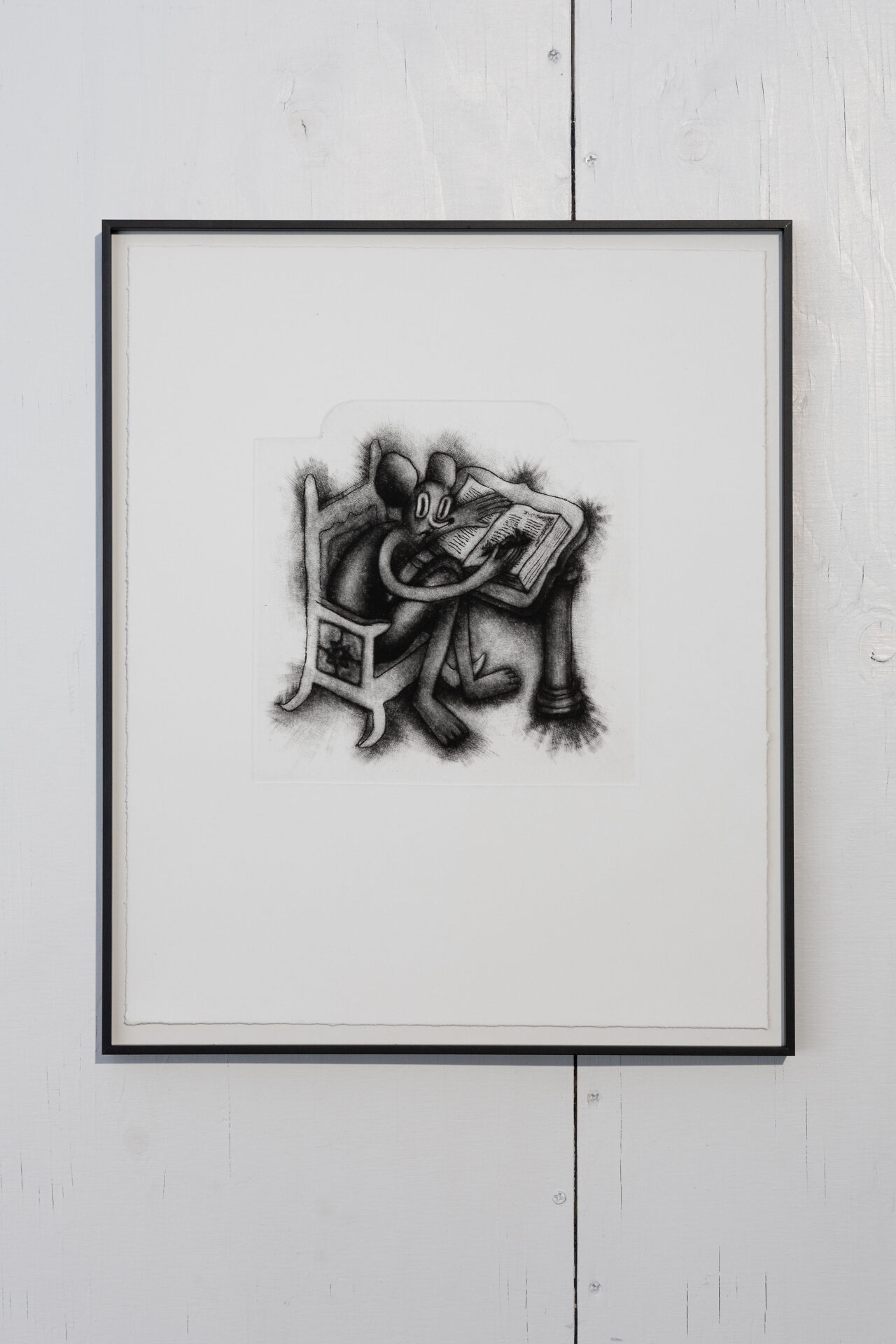
19th Tallinn Print Triennial, Tallinn Art Hall Lasnamäe pavilion, 2025. Photo: Hedi Jaansoo

19th Tallinn Print Triennial, Tallinn Art Hall Lasnamäe pavilion, 2025. Photo: Hedi Jaansoo
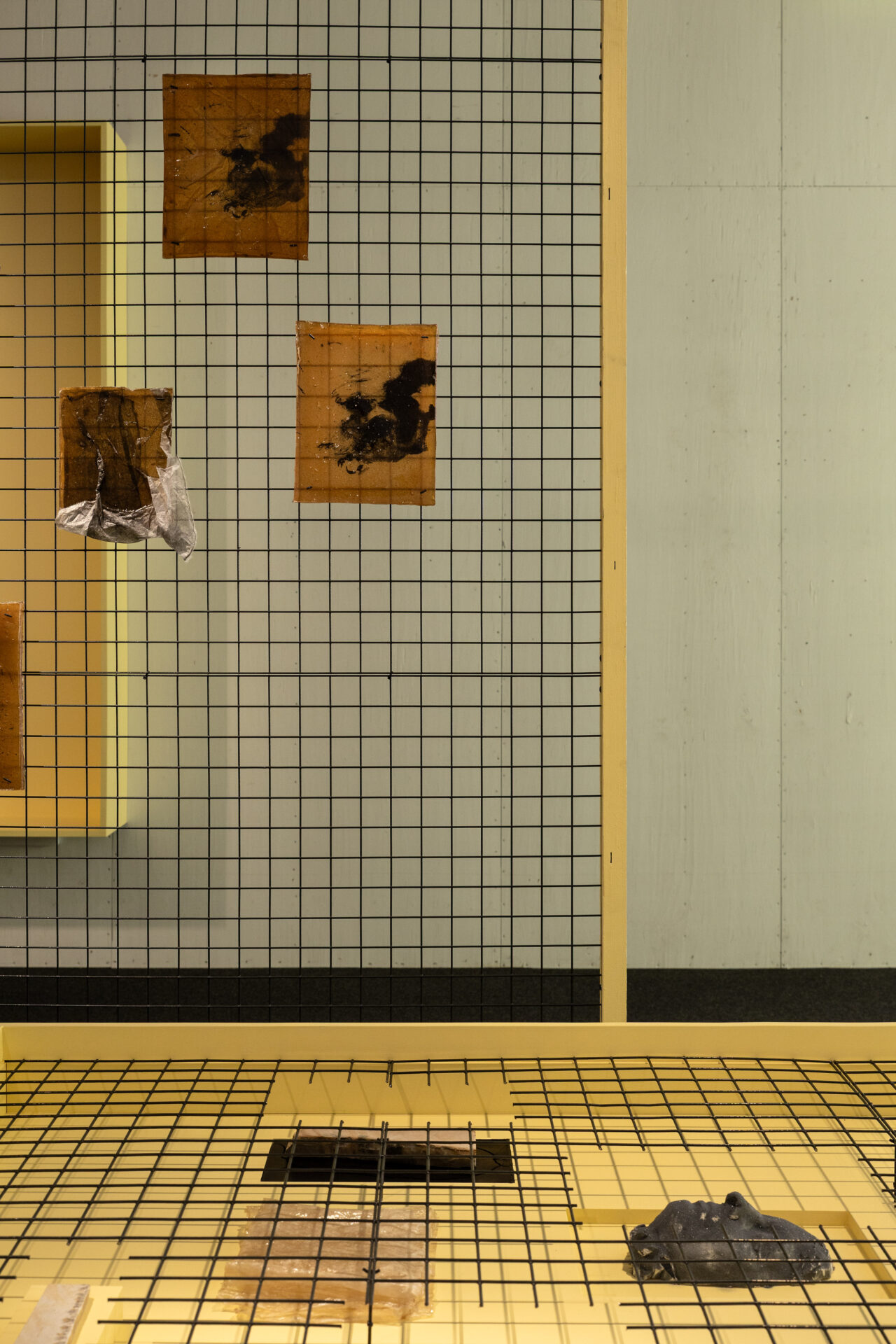
19th Tallinn Print Triennial, Tallinn Art Hall Lasnamäe pavilion, 2025. Photo: Hedi Jaansoo
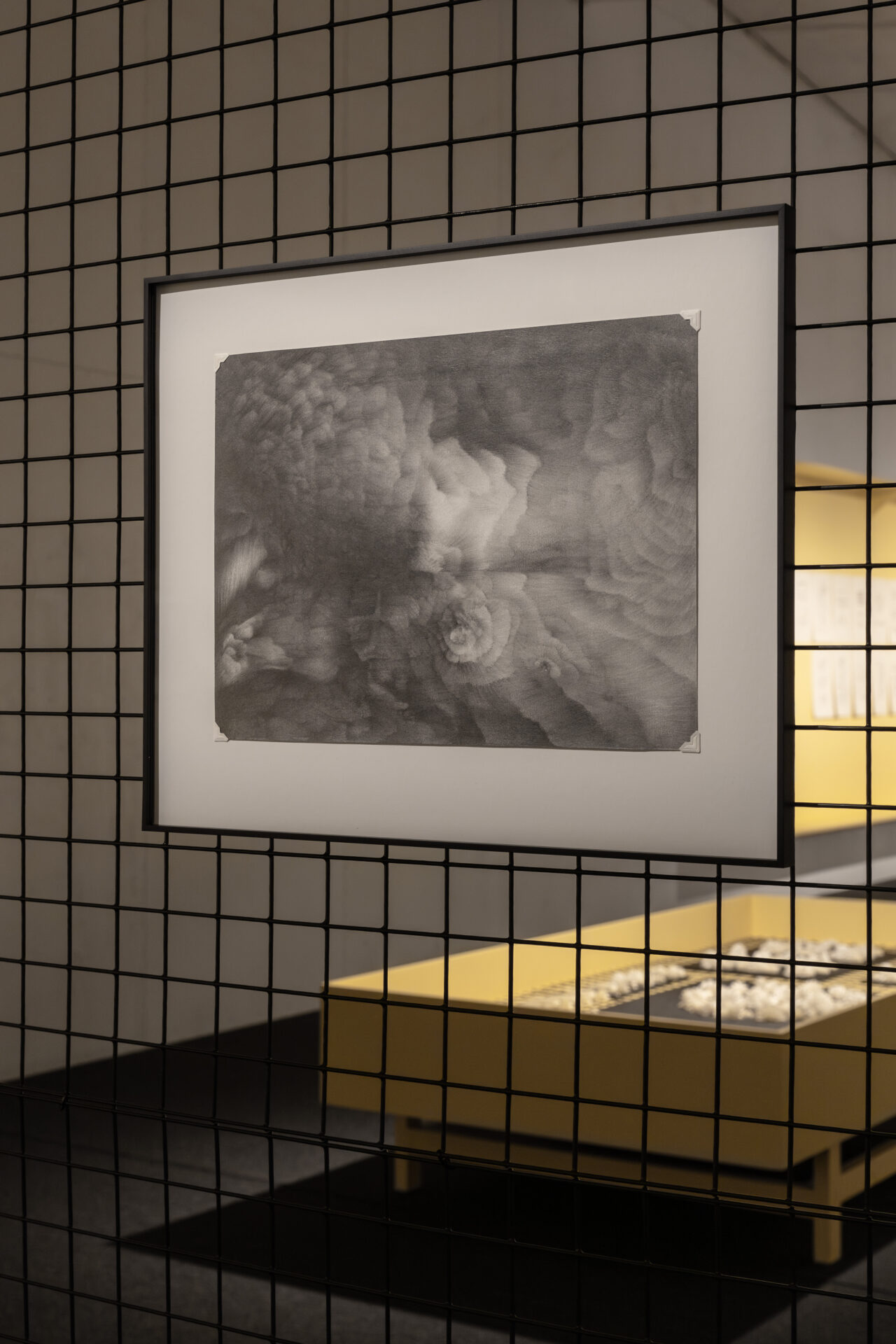
19th Tallinn Print Triennial, Tallinn Art Hall Lasnamäe pavilion, 2025. Photo: Hedi Jaansoo
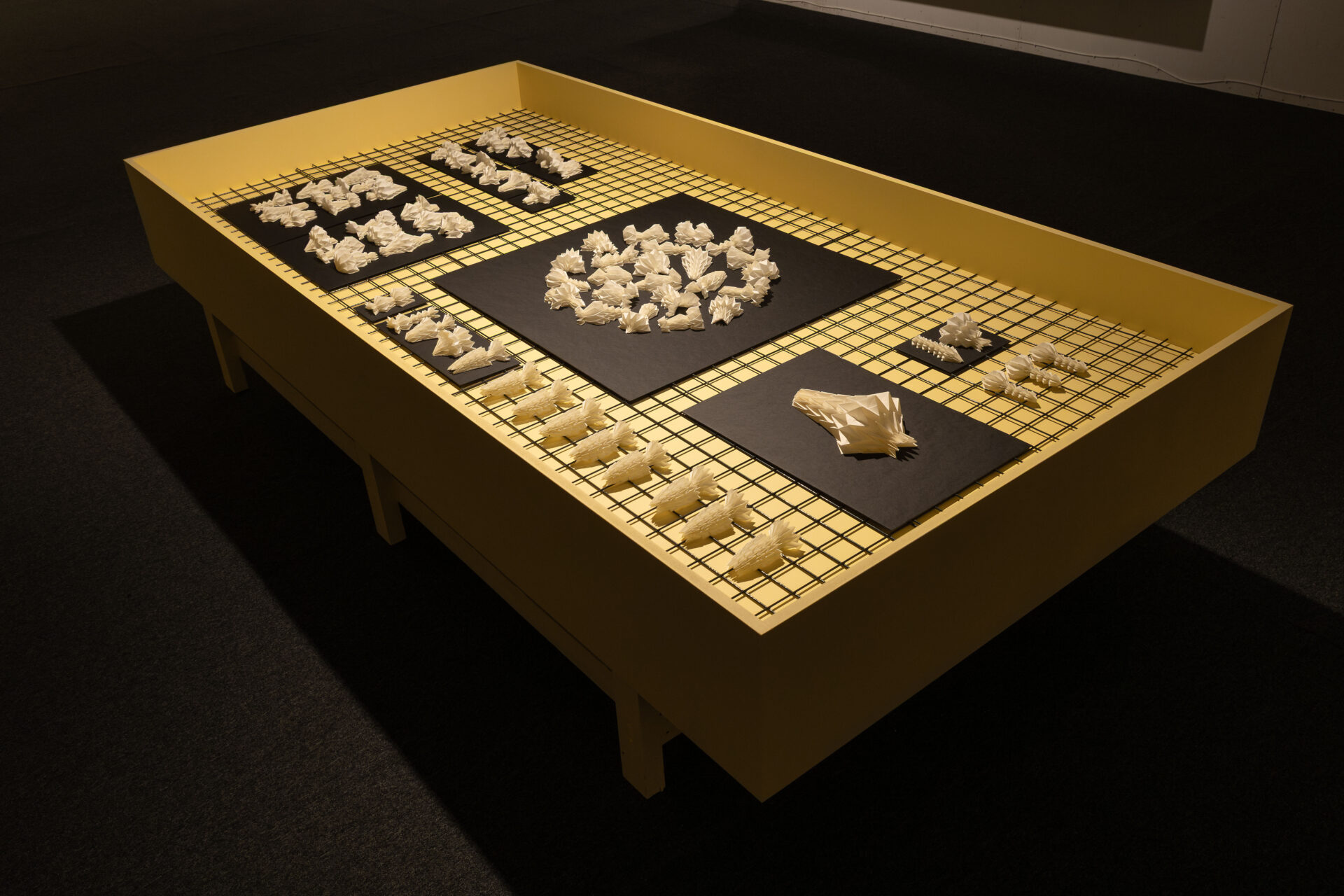
19th Tallinn Print Triennial, Tallinn Art Hall Lasnamäe pavilion, 2025. Photo: Hedi Jaansoo
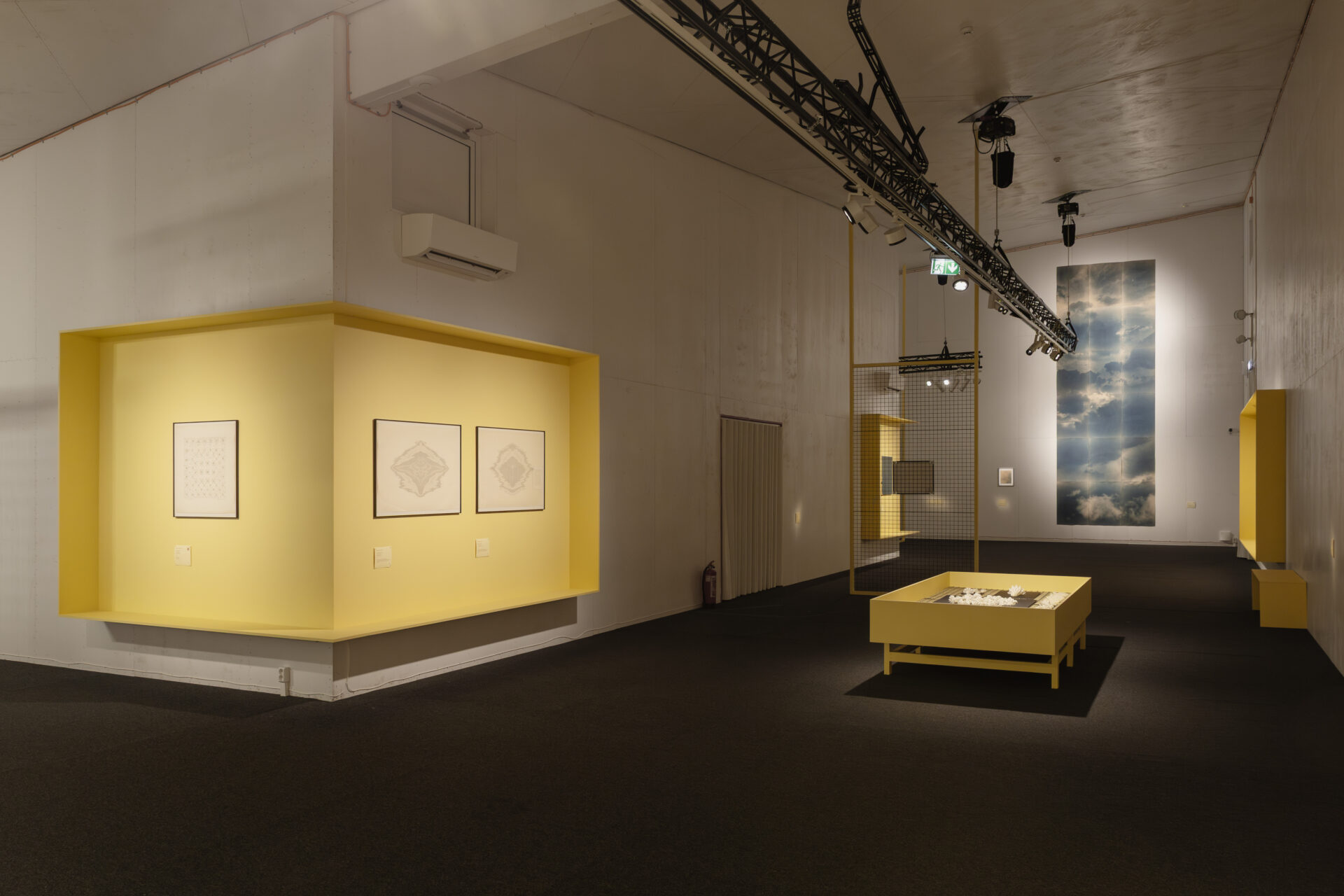
19th Tallinn Print Triennial, Tallinn Art Hall Lasnamäe pavilion, 2025. Photo: Hedi Jaansoo
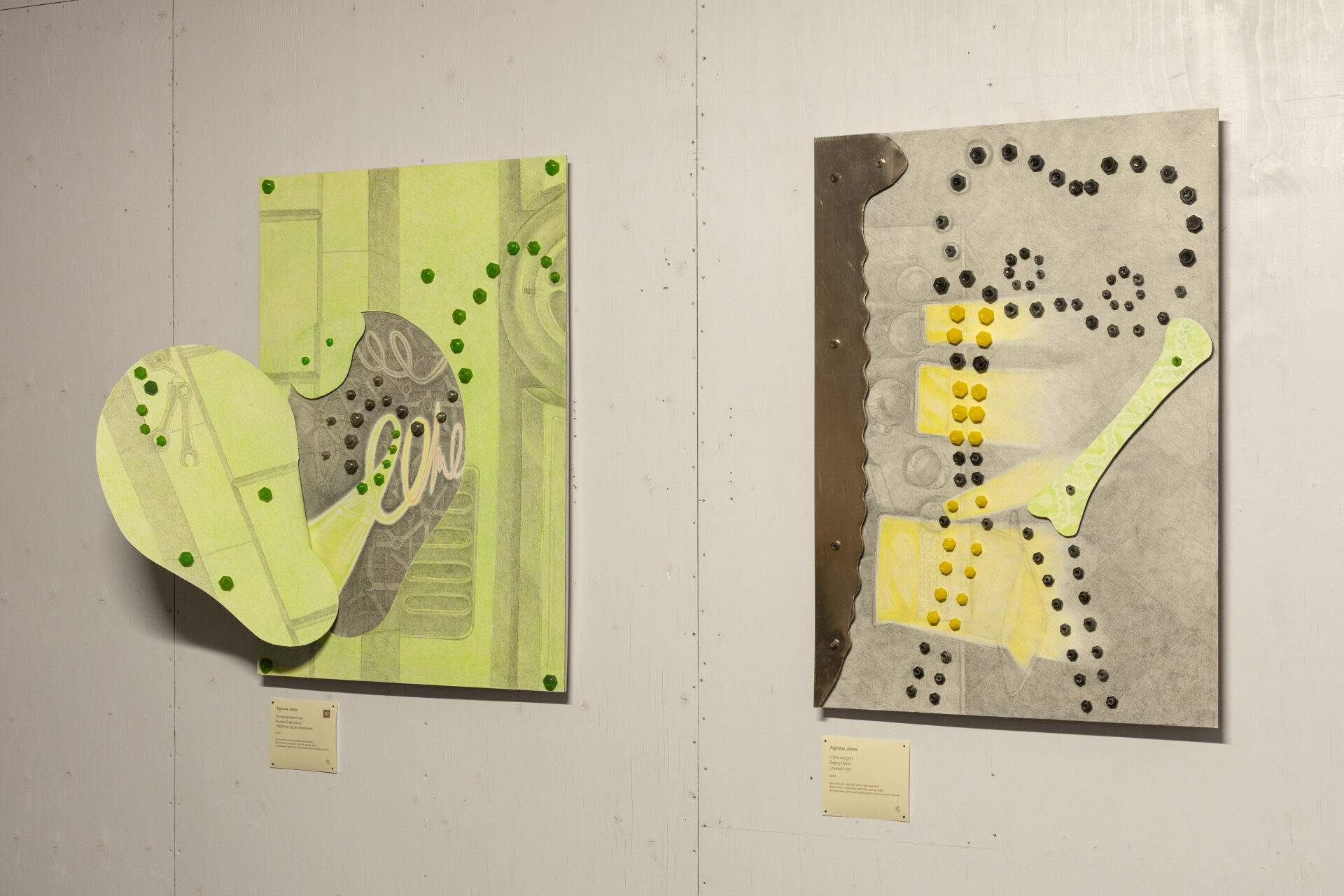
19th Tallinn Print Triennial, Tallinn Art Hall Lasnamäe pavilion, 2025. Photo: Hedi Jaansoo

19th Tallinn Print Triennial, Tallinn Art Hall Lasnamäe pavilion, 2025. Photo: Hedi Jaansoo
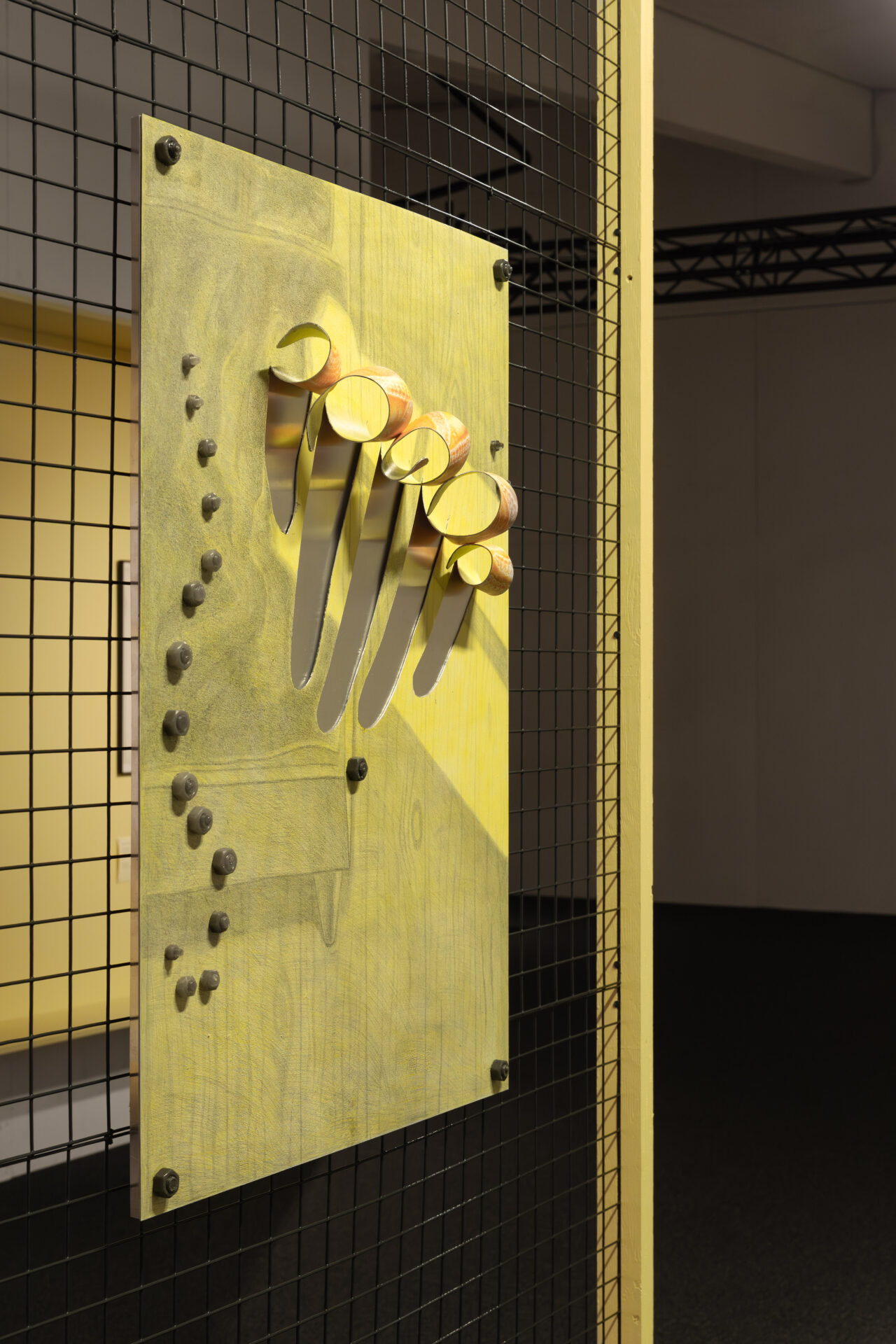
19th Tallinn Print Triennial, Tallinn Art Hall Lasnamäe pavilion, 2025. Photo: Hedi Jaansoo
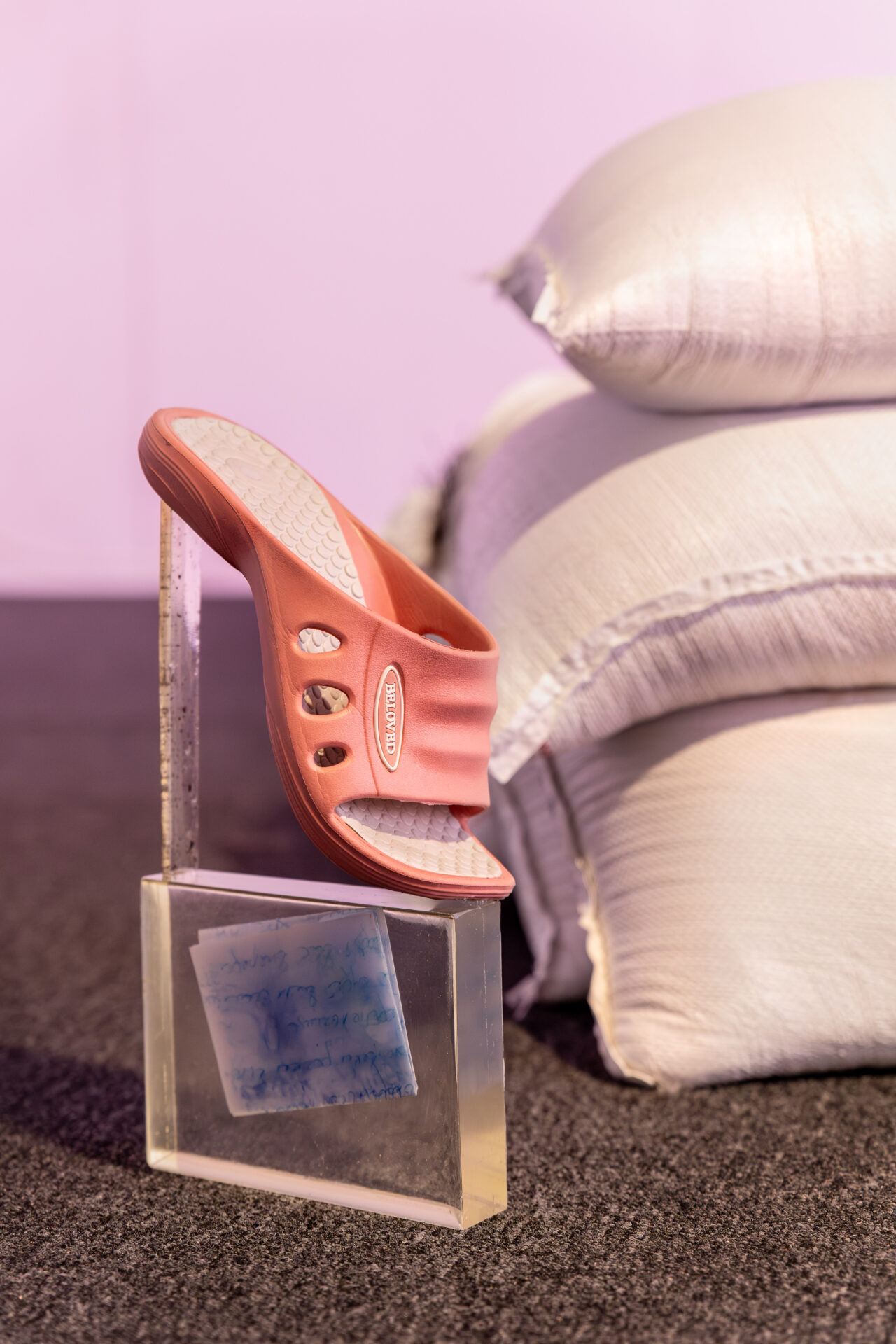
19th Tallinn Print Triennial, Tallinn Art Hall Lasnamäe pavilion, 2025. Photo: Hedi Jaansoo

19th Tallinn Print Triennial, Tallinn Art Hall Lasnamäe pavilion, 2025. Photo: Hedi Jaansoo
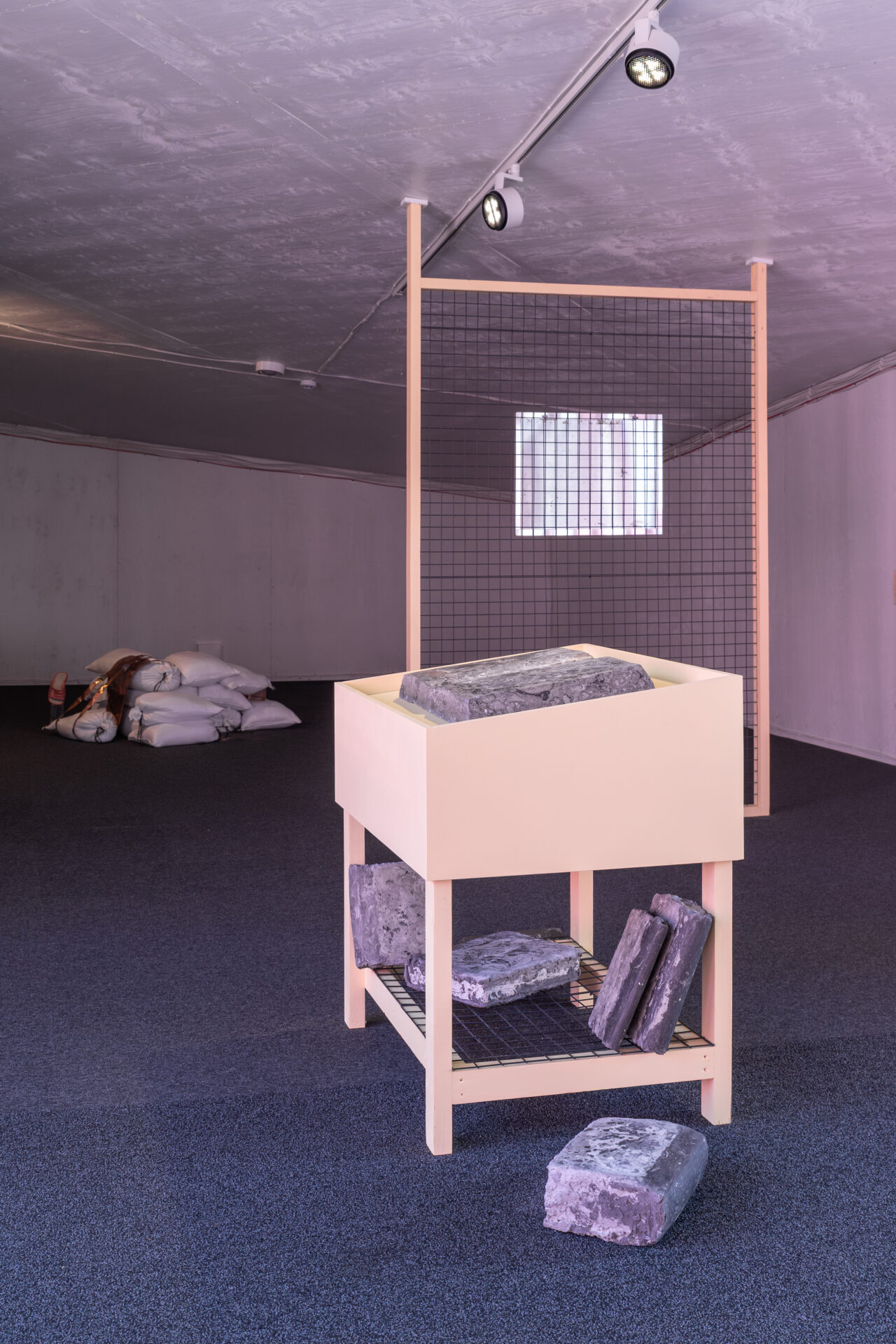
19th Tallinn Print Triennial, Tallinn Art Hall Lasnamäe pavilion, 2025. Photo: Hedi Jaansoo
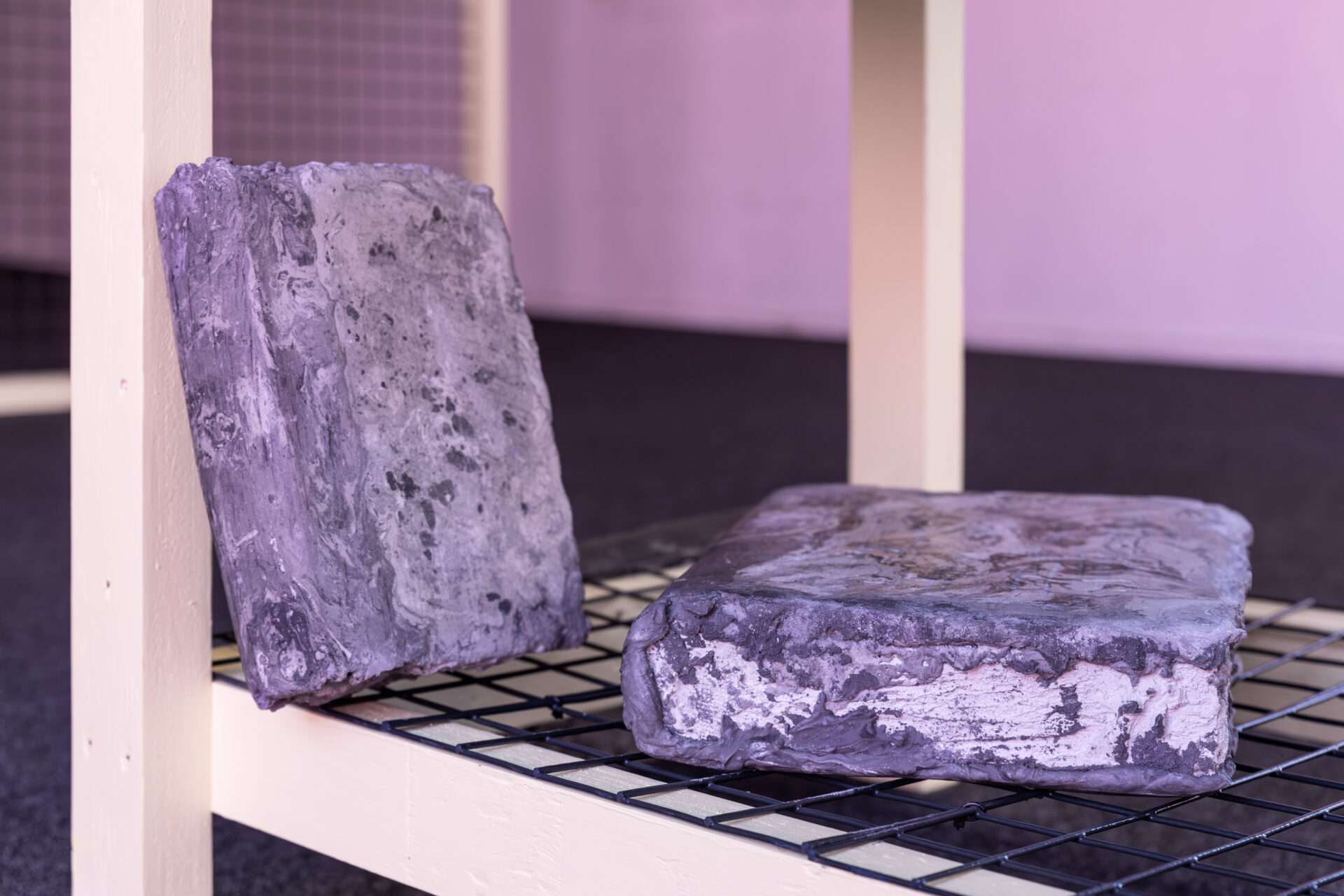
19th Tallinn Print Triennial, Tallinn Art Hall Lasnamäe pavilion, 2025. Photo: Hedi Jaansoo
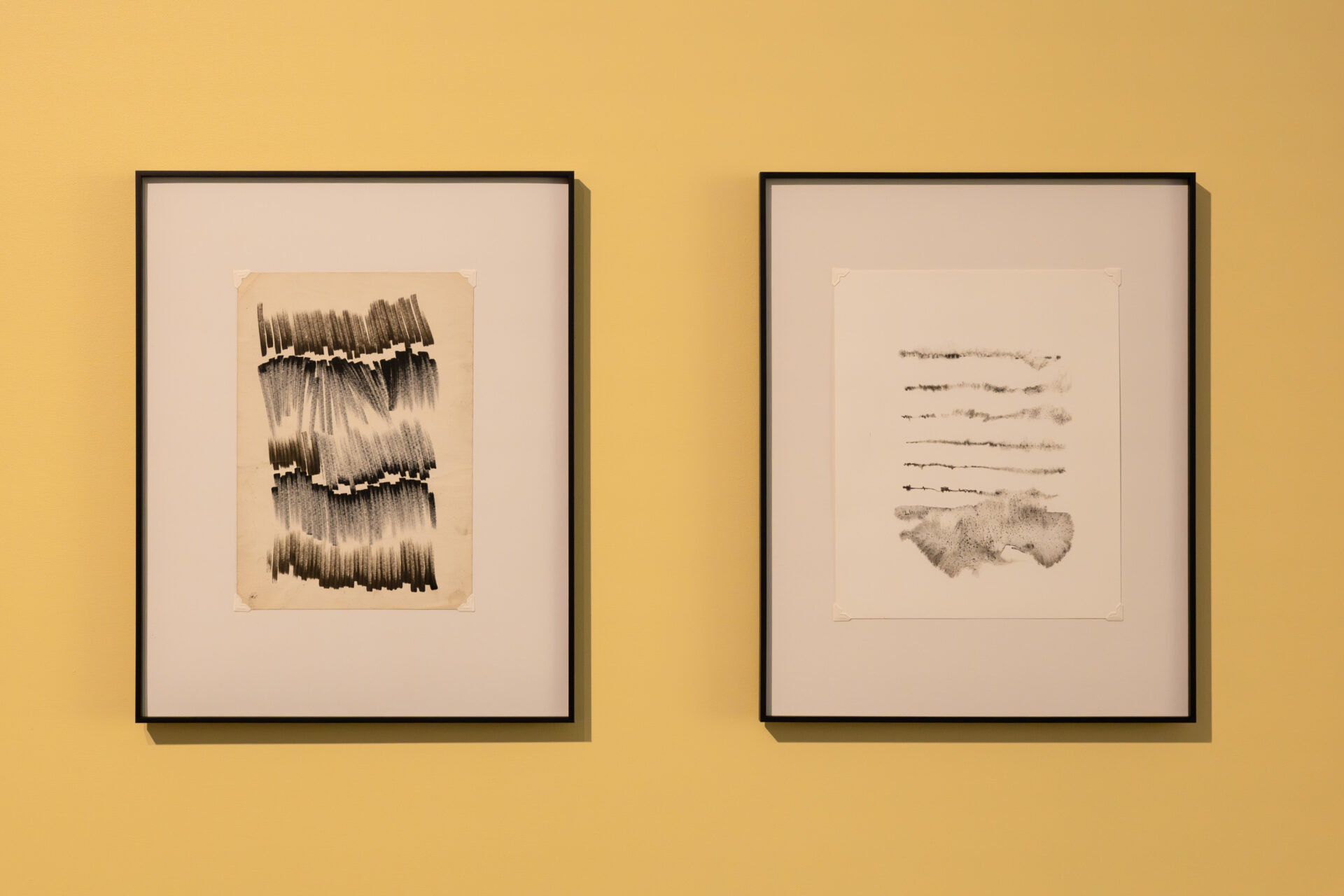
19th Tallinn Print Triennial, Tallinn Art Hall Lasnamäe pavilion, 2025. Photo: Hedi Jaansoo
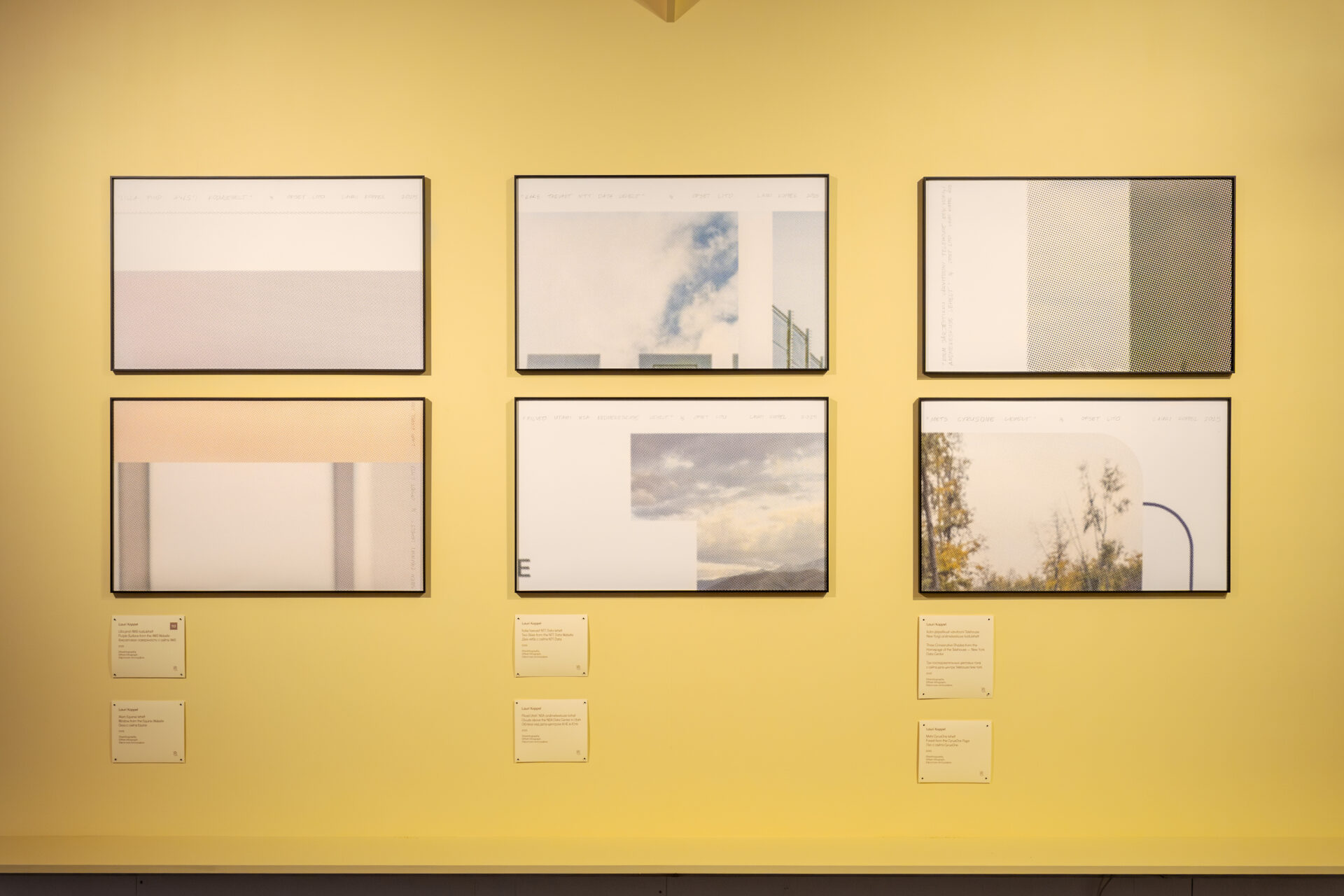
19th Tallinn Print Triennial, Tallinn Art Hall Lasnamäe pavilion, 2025. Photo: Hedi Jaansoo
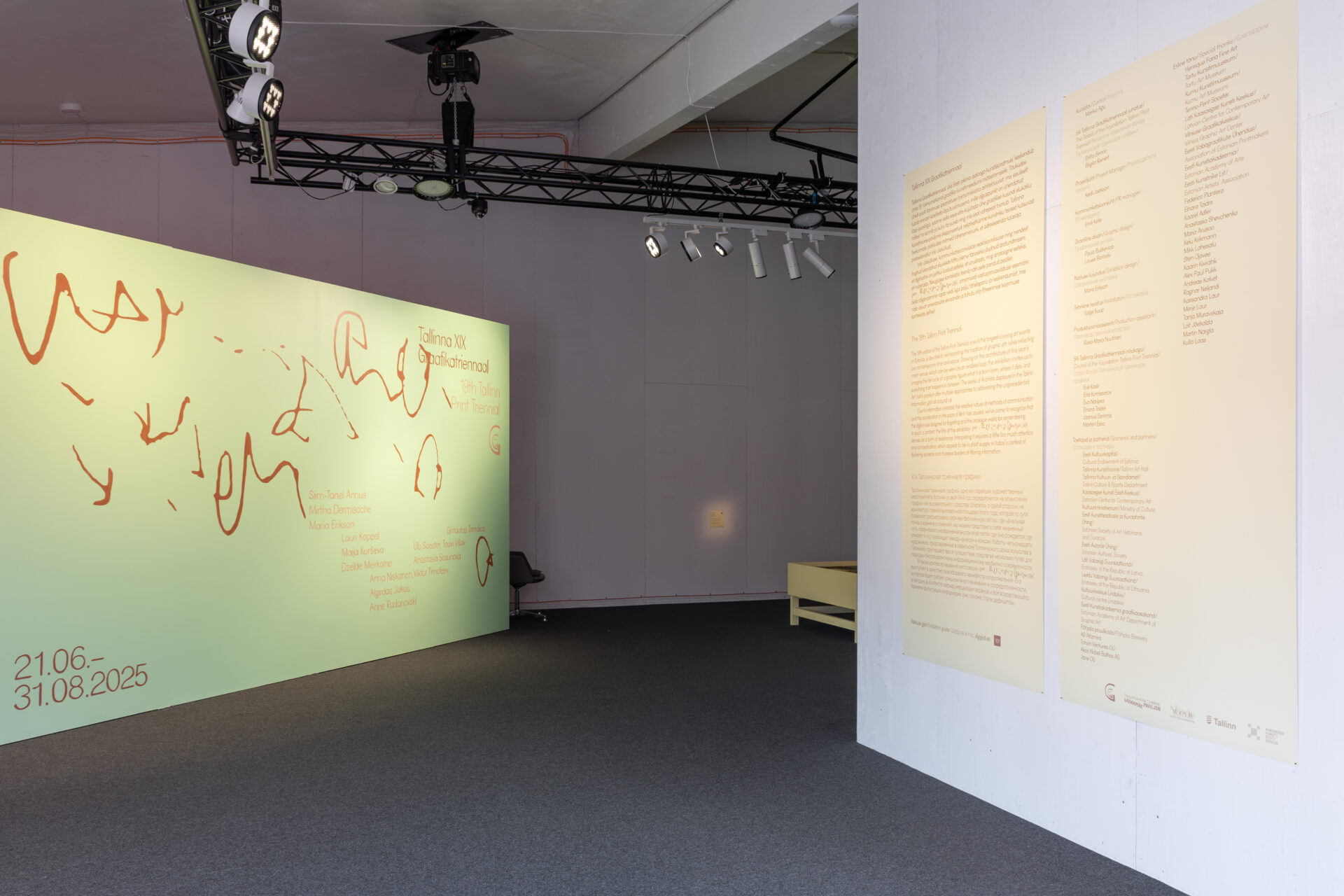
19th Tallinn Print Triennial, Tallinn Art Hall Lasnamäe pavilion, 2025. Photo: Hedi Jaansoo
